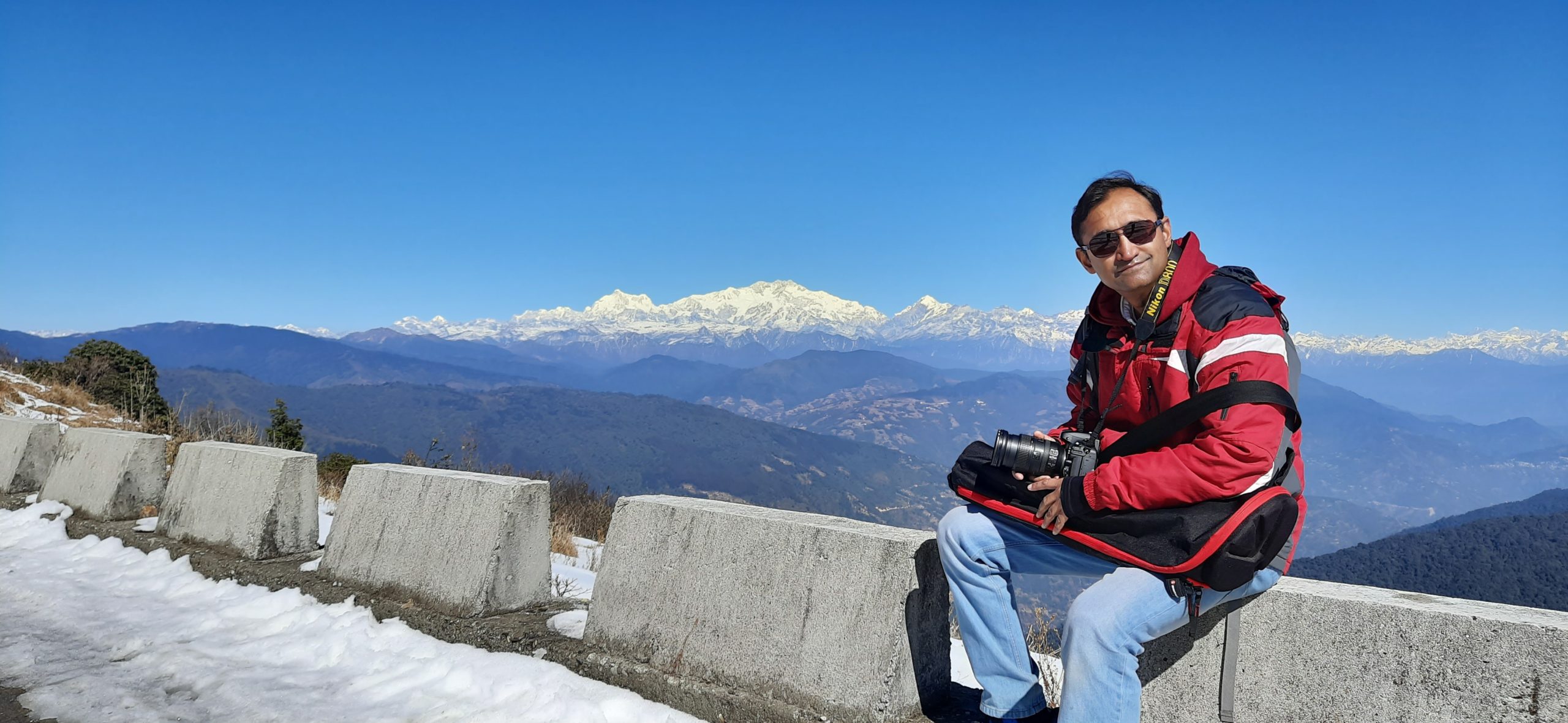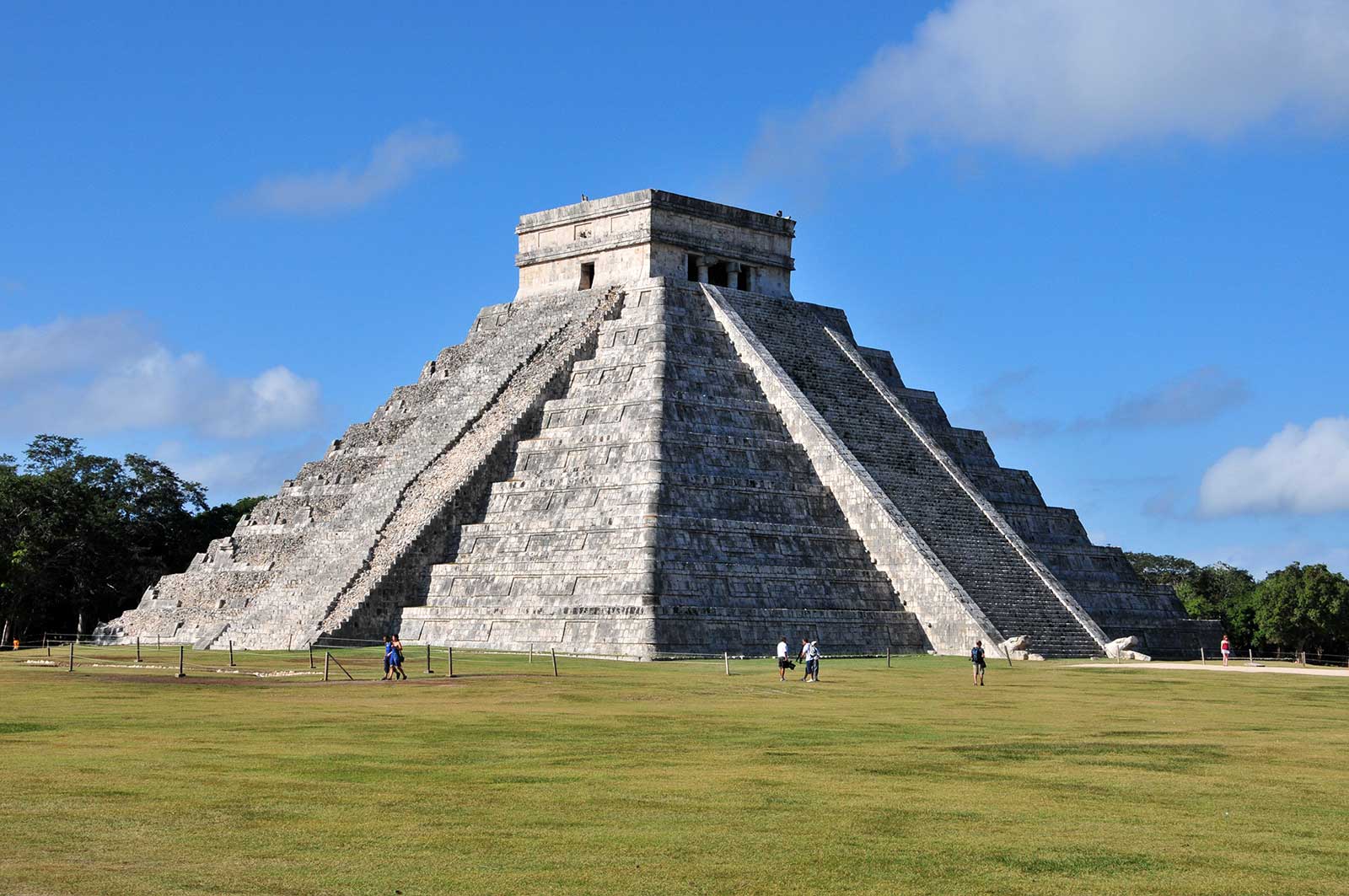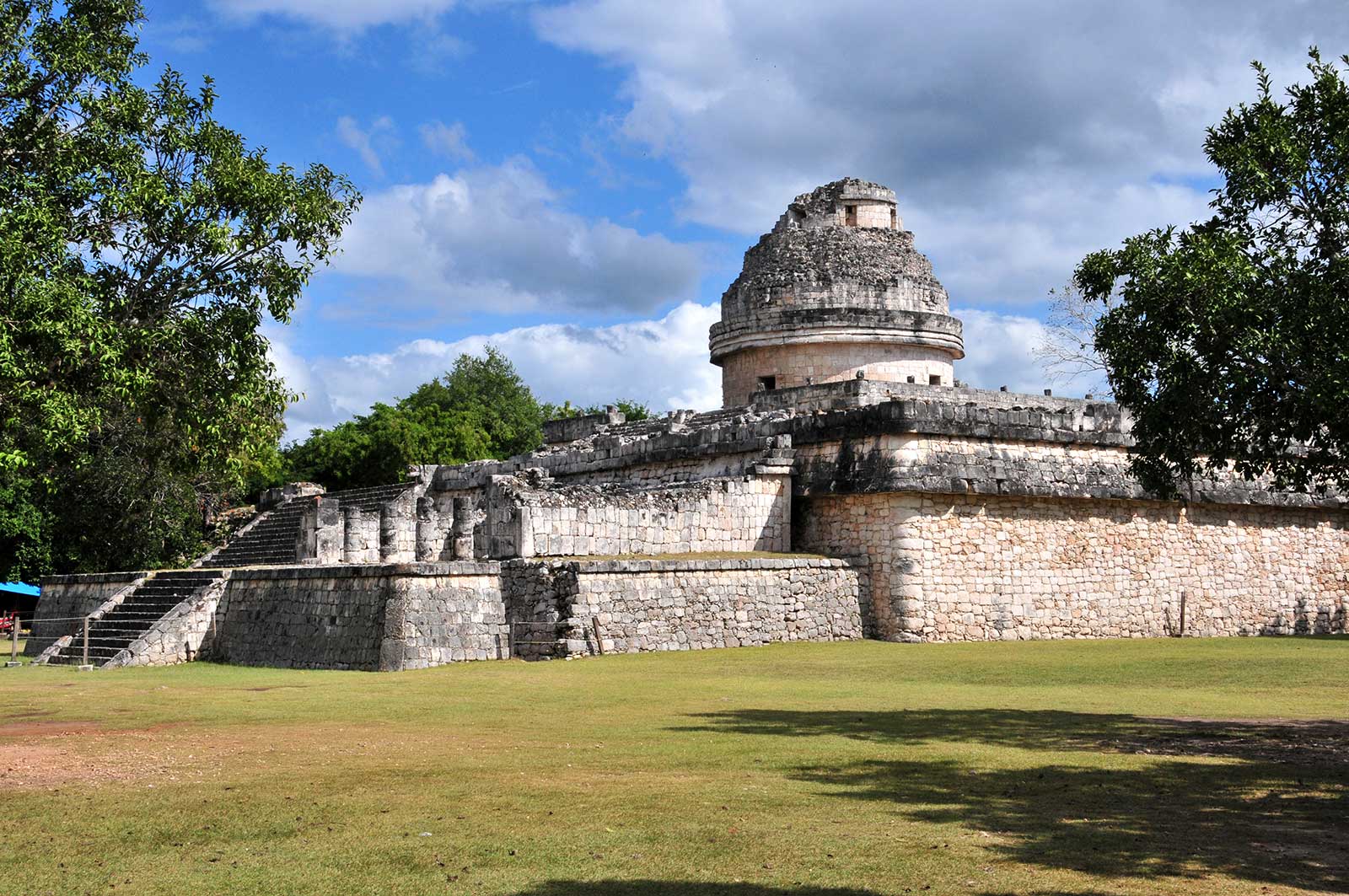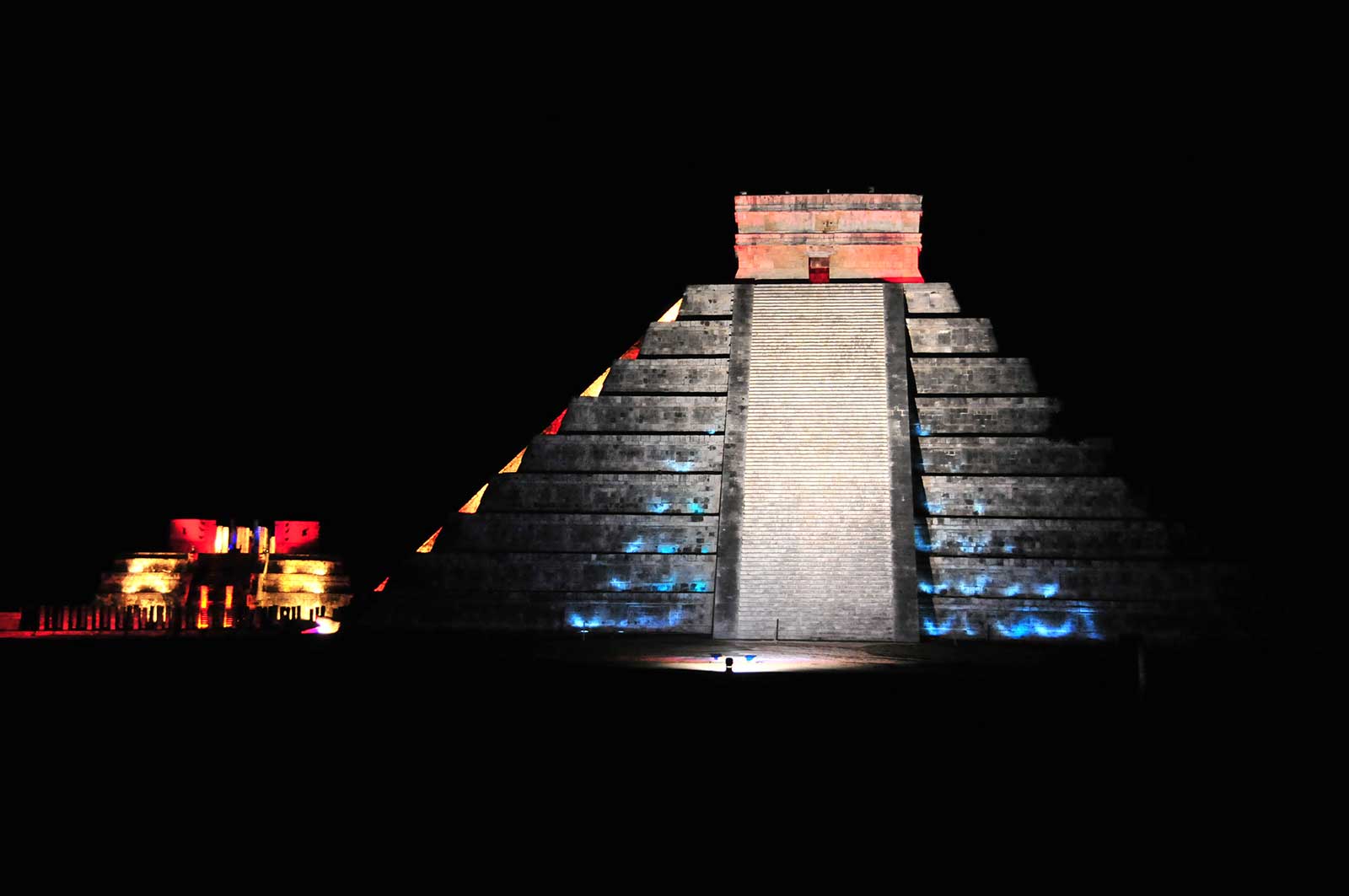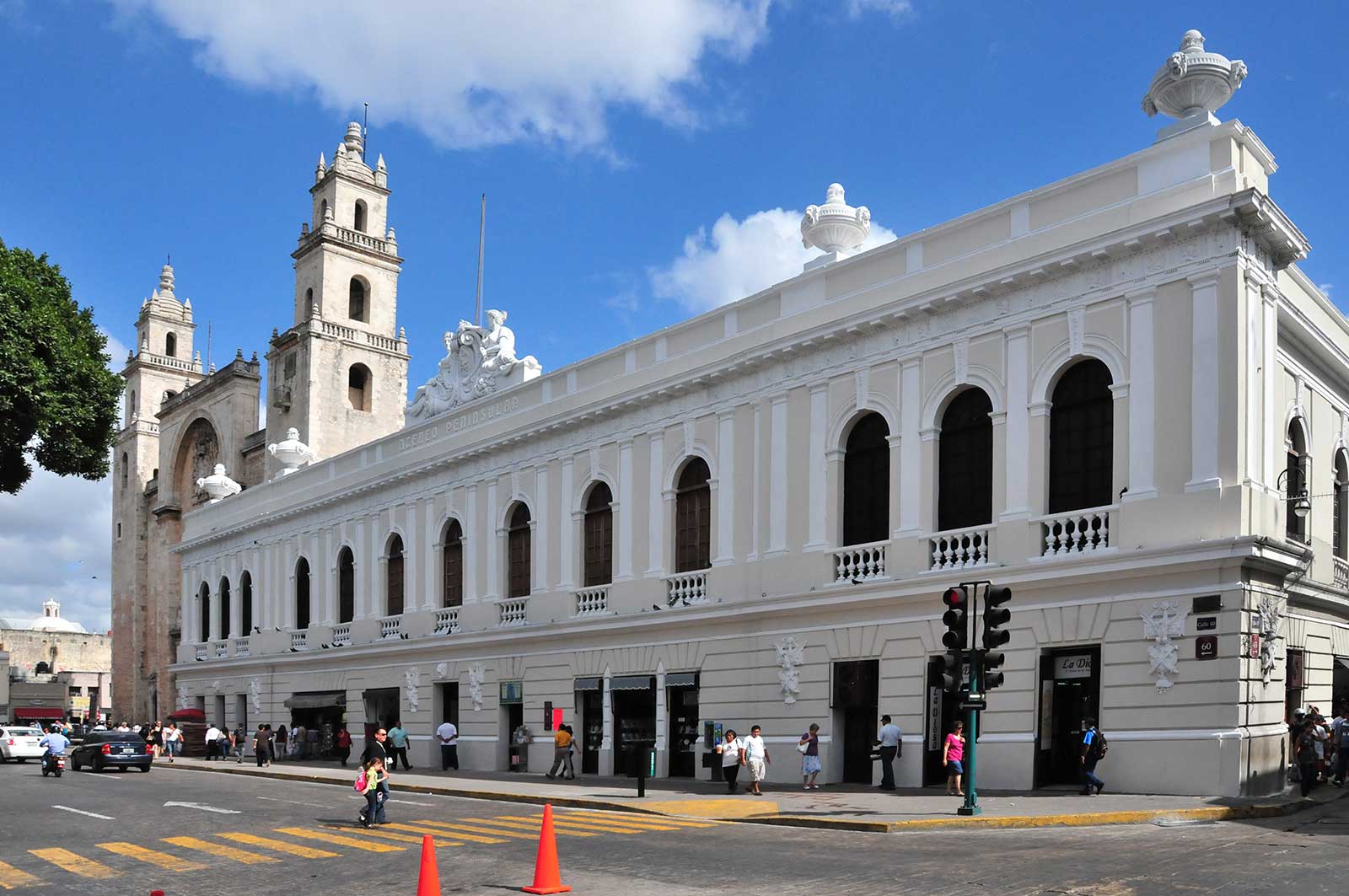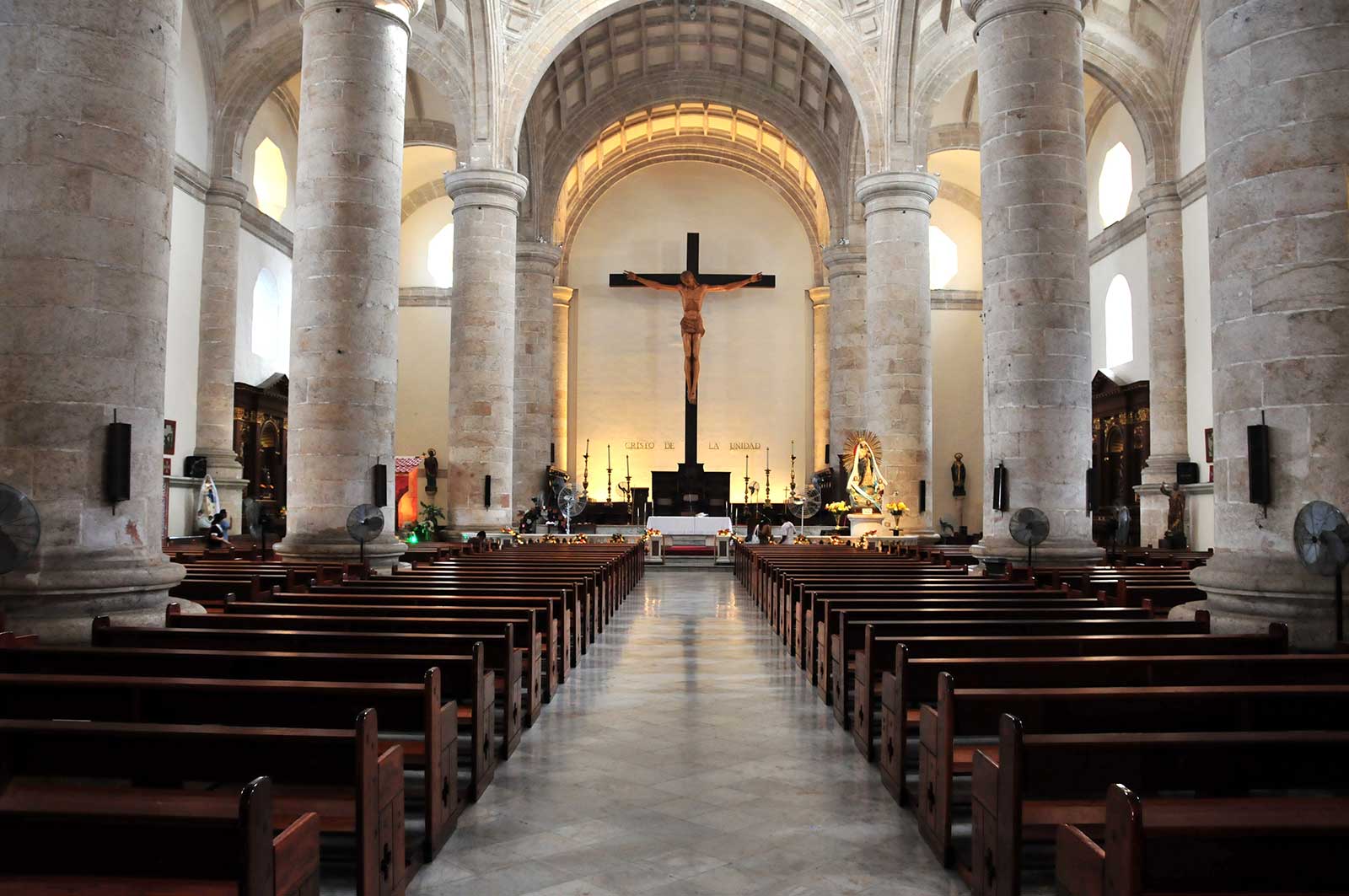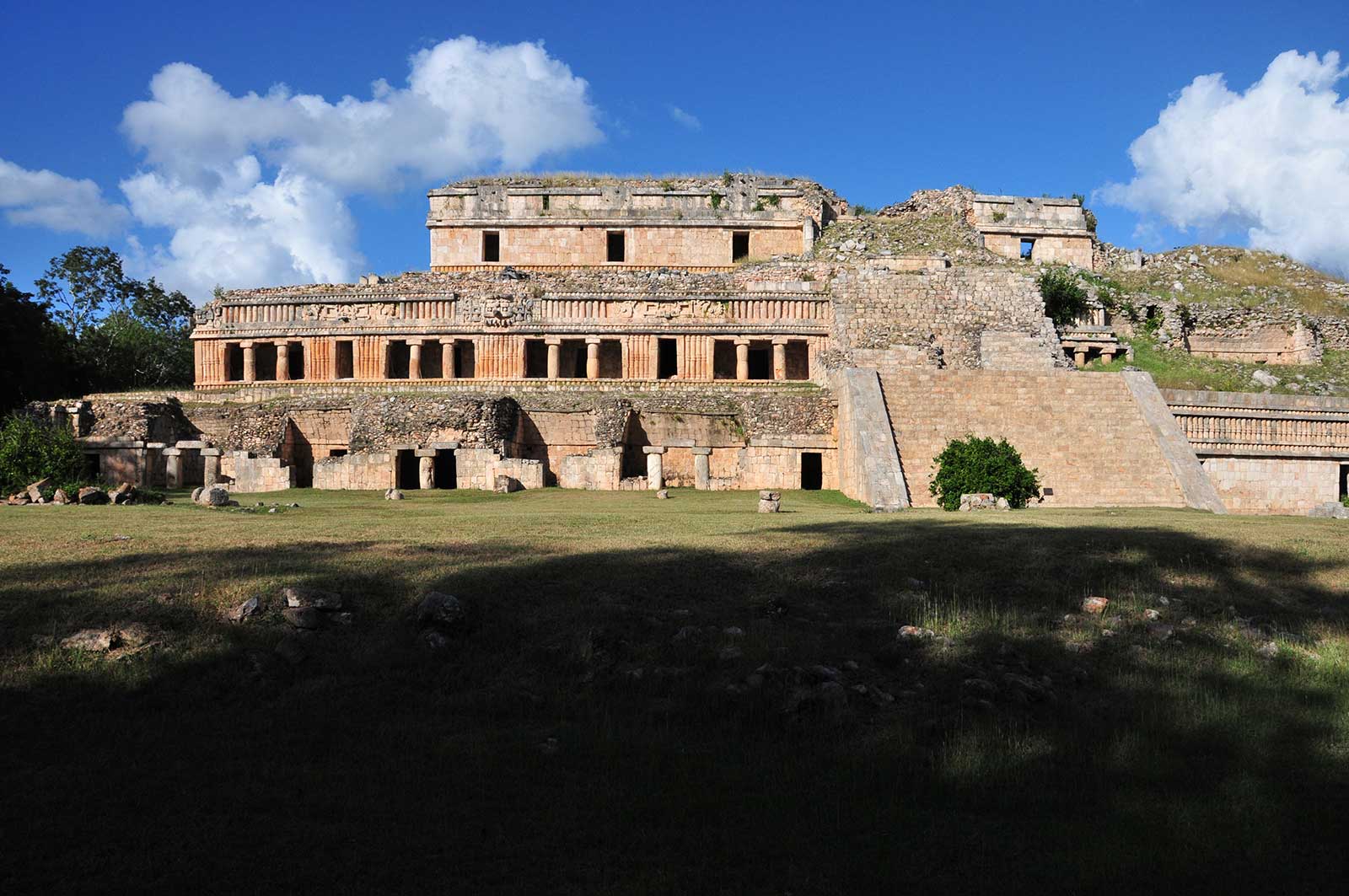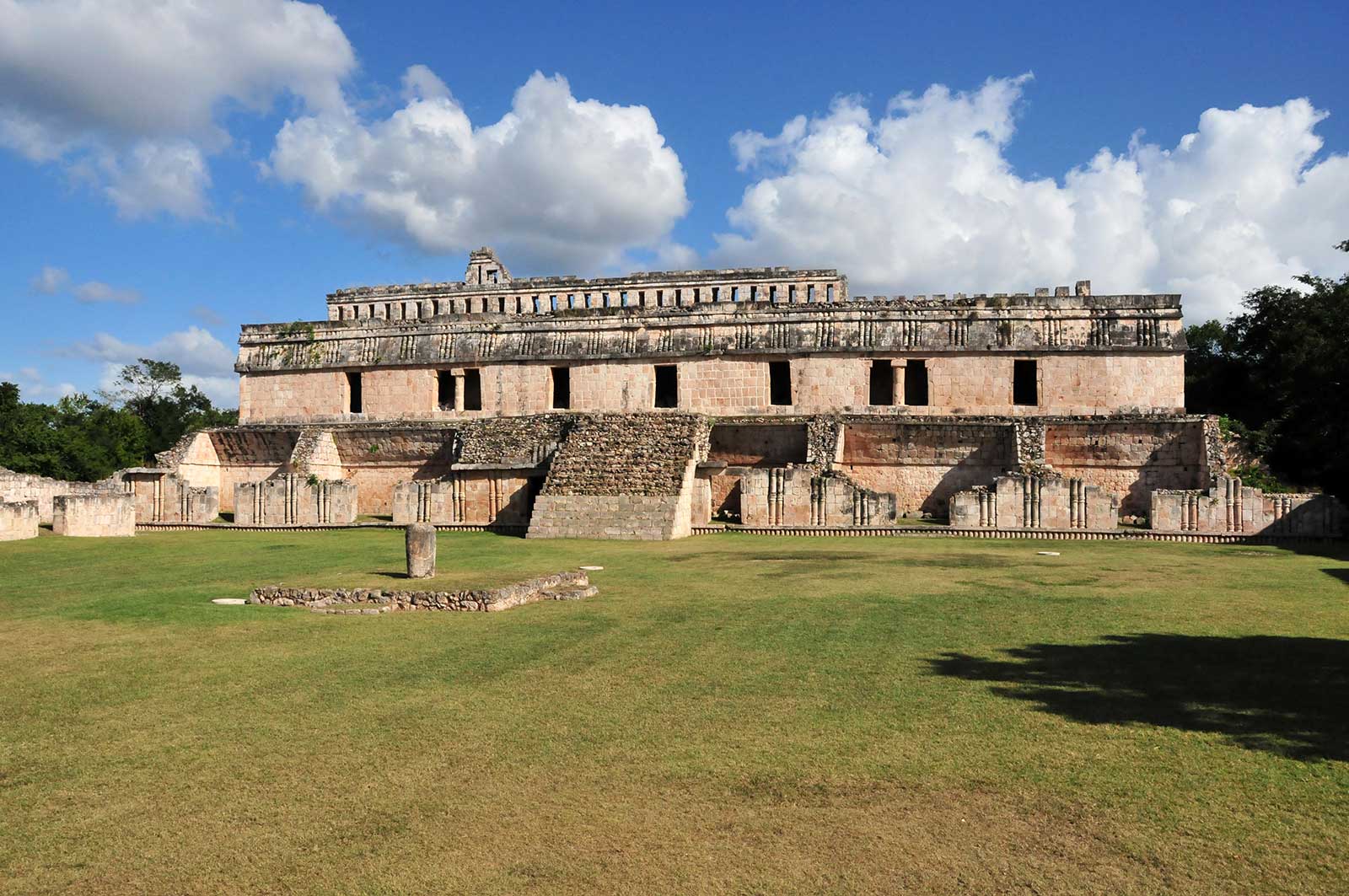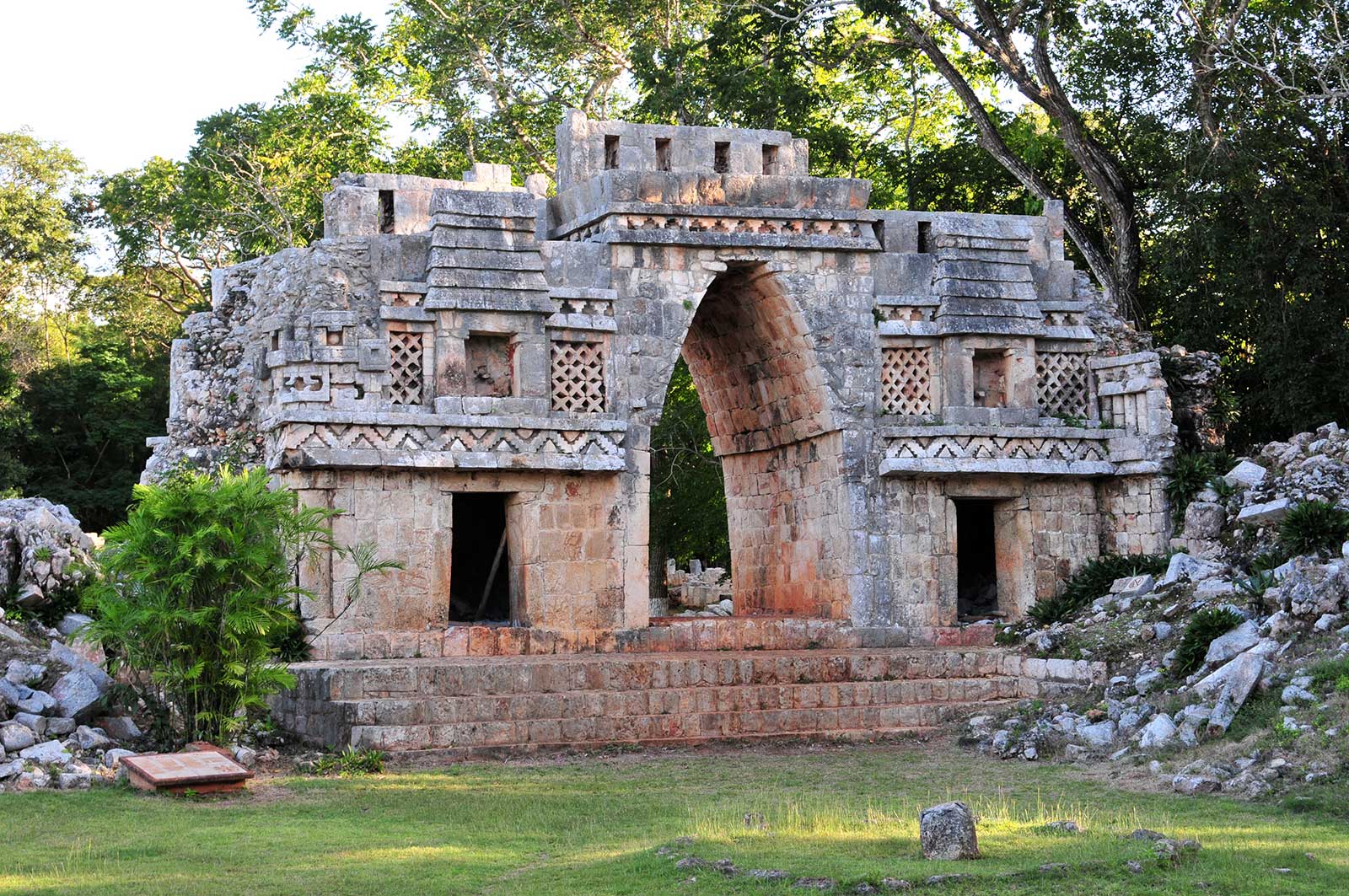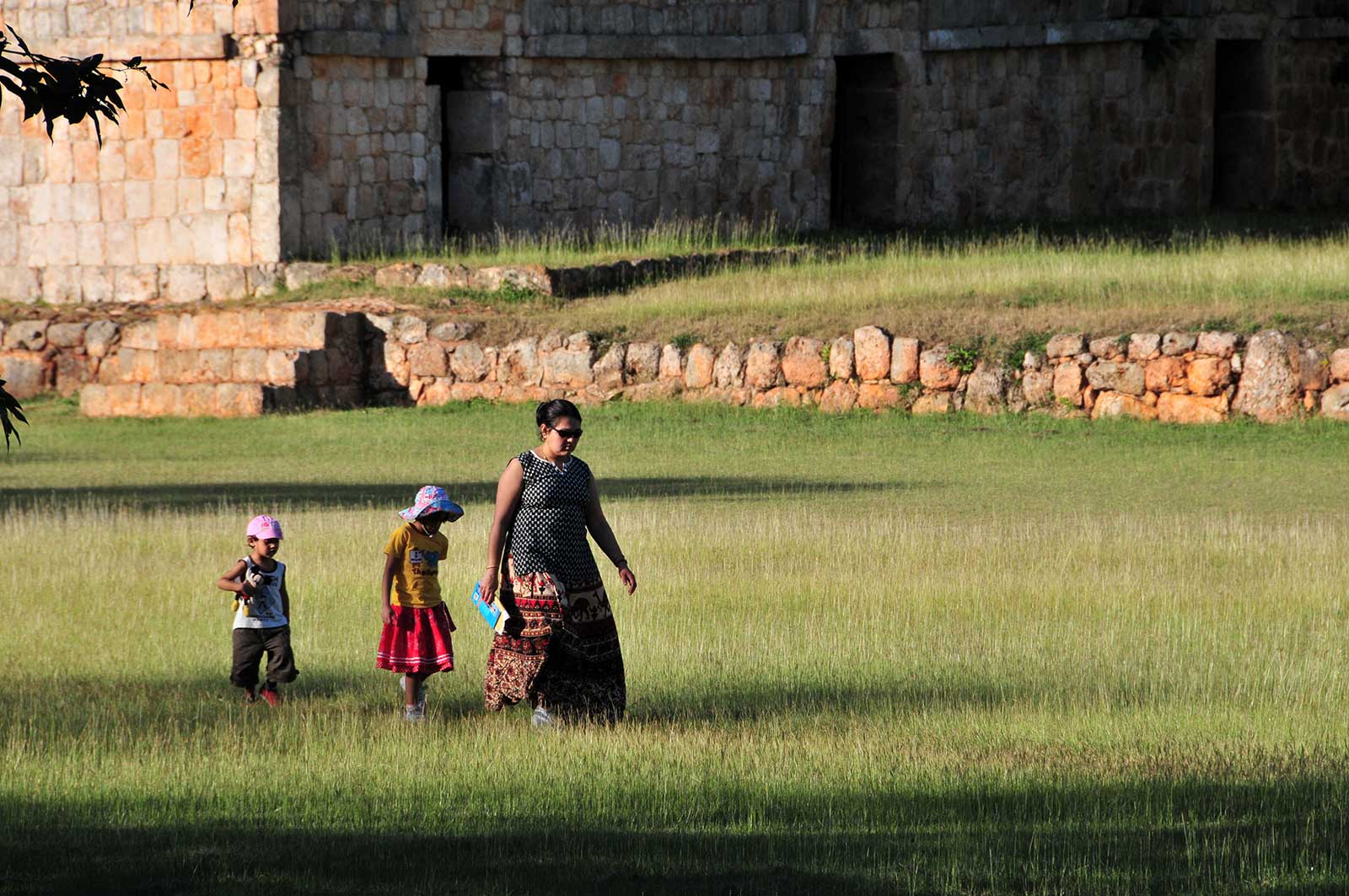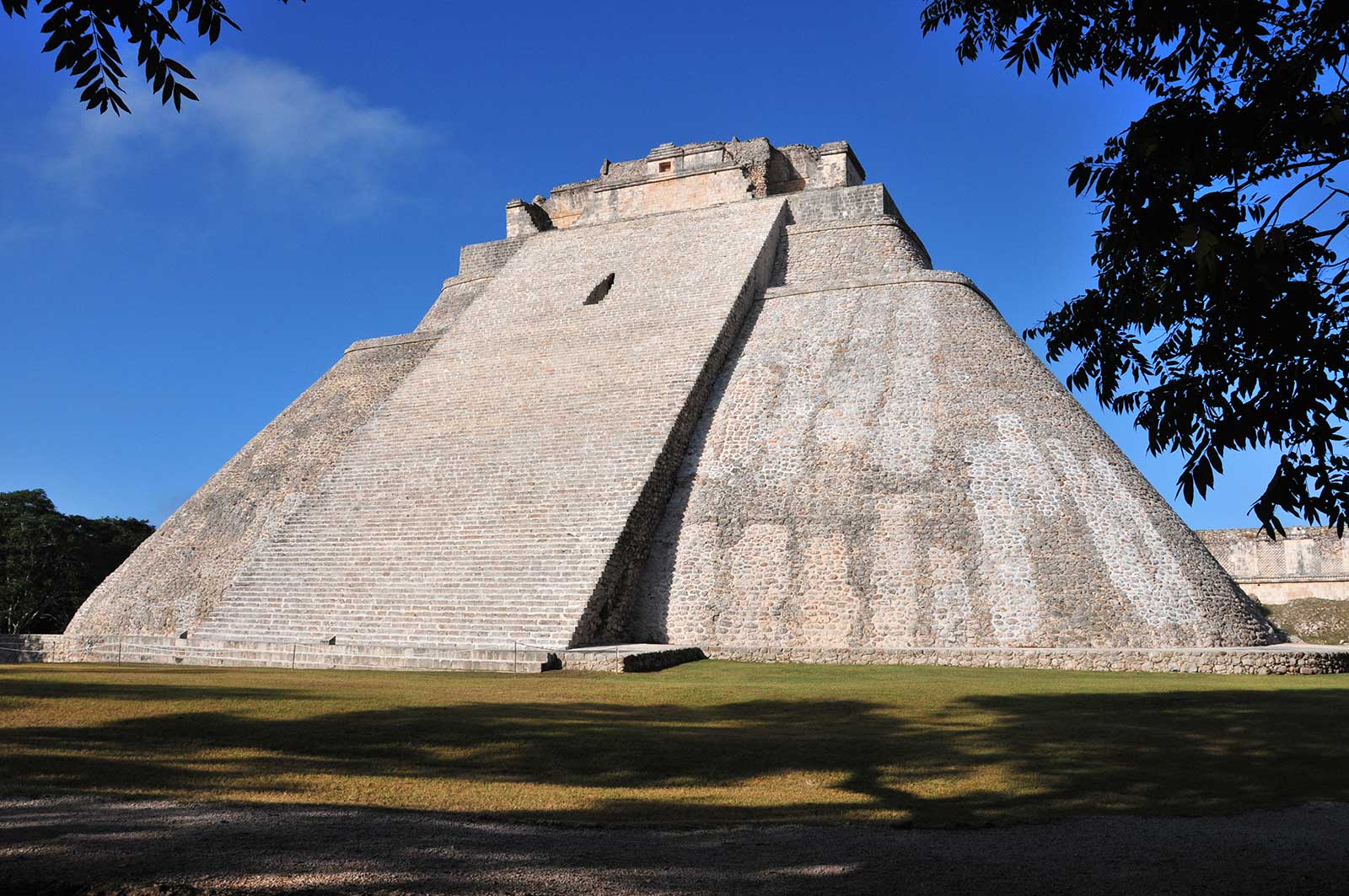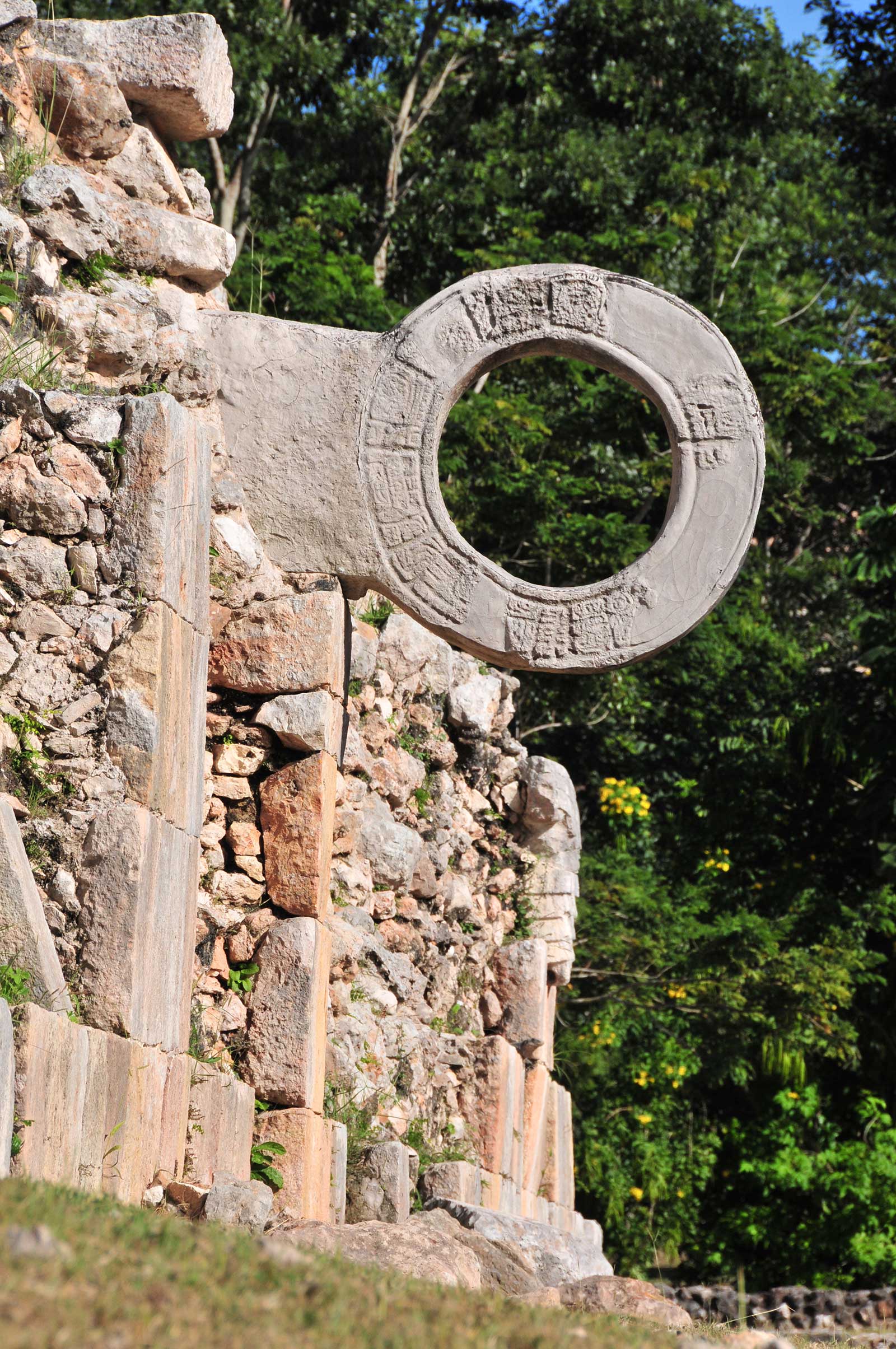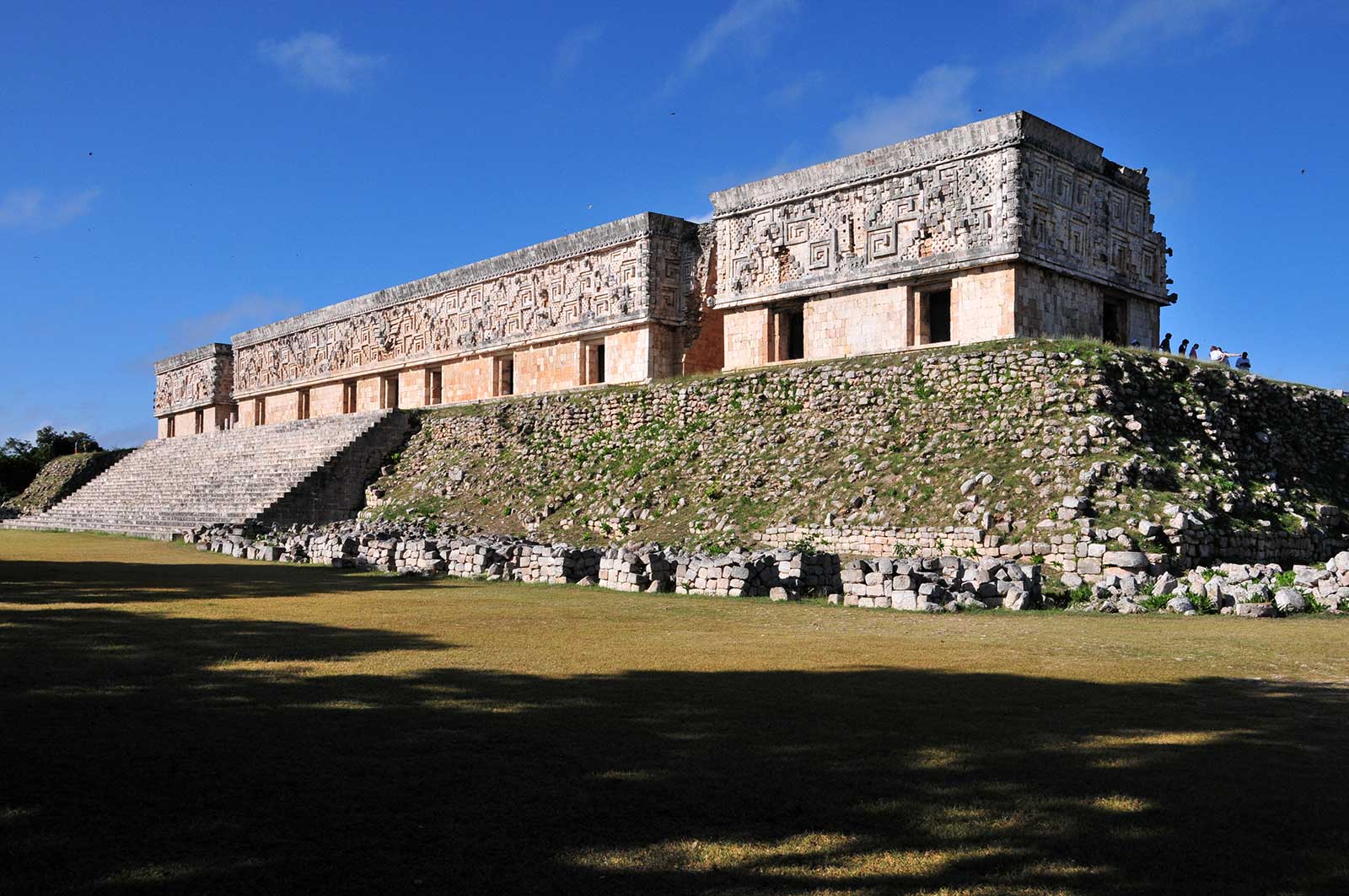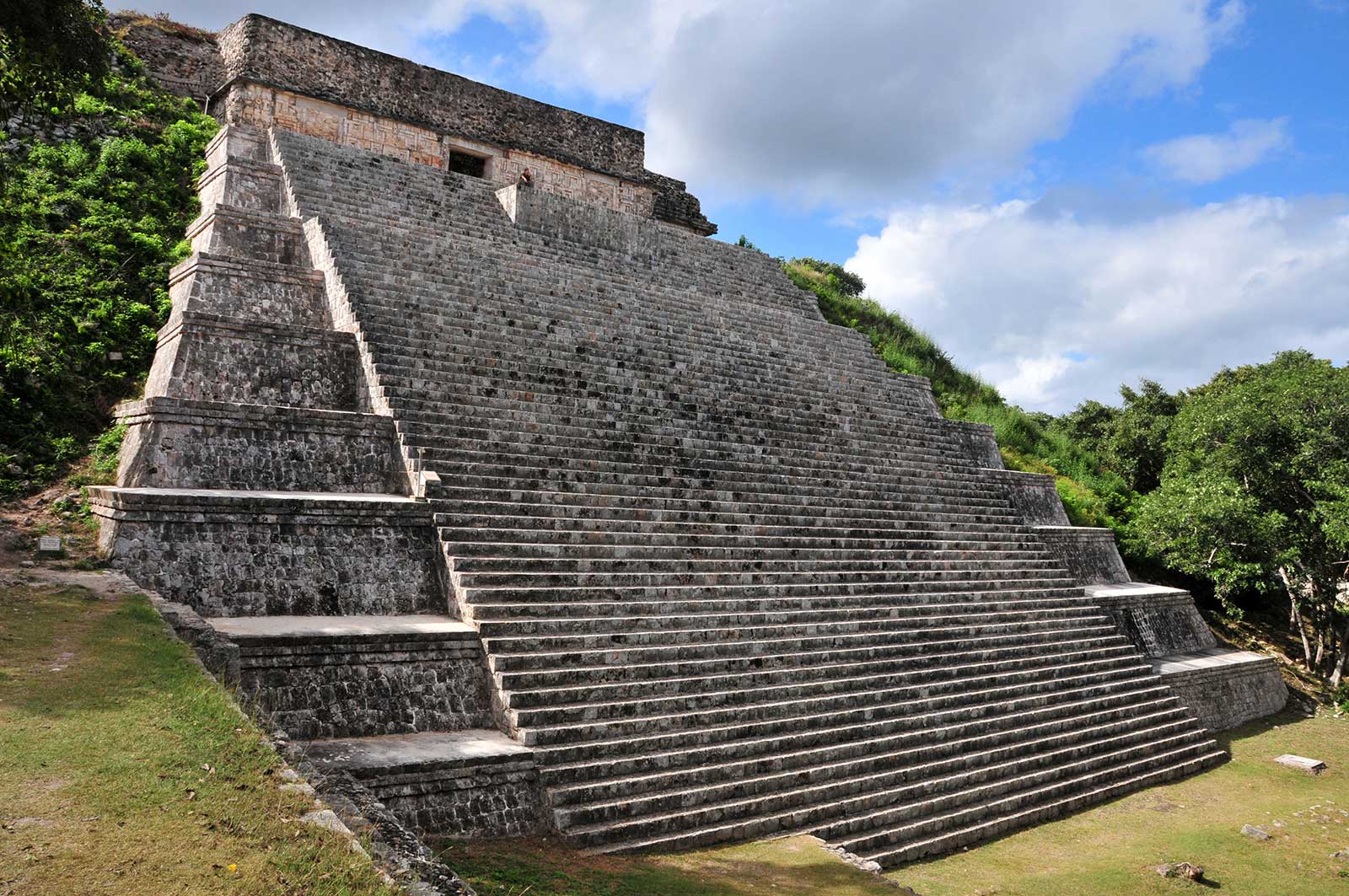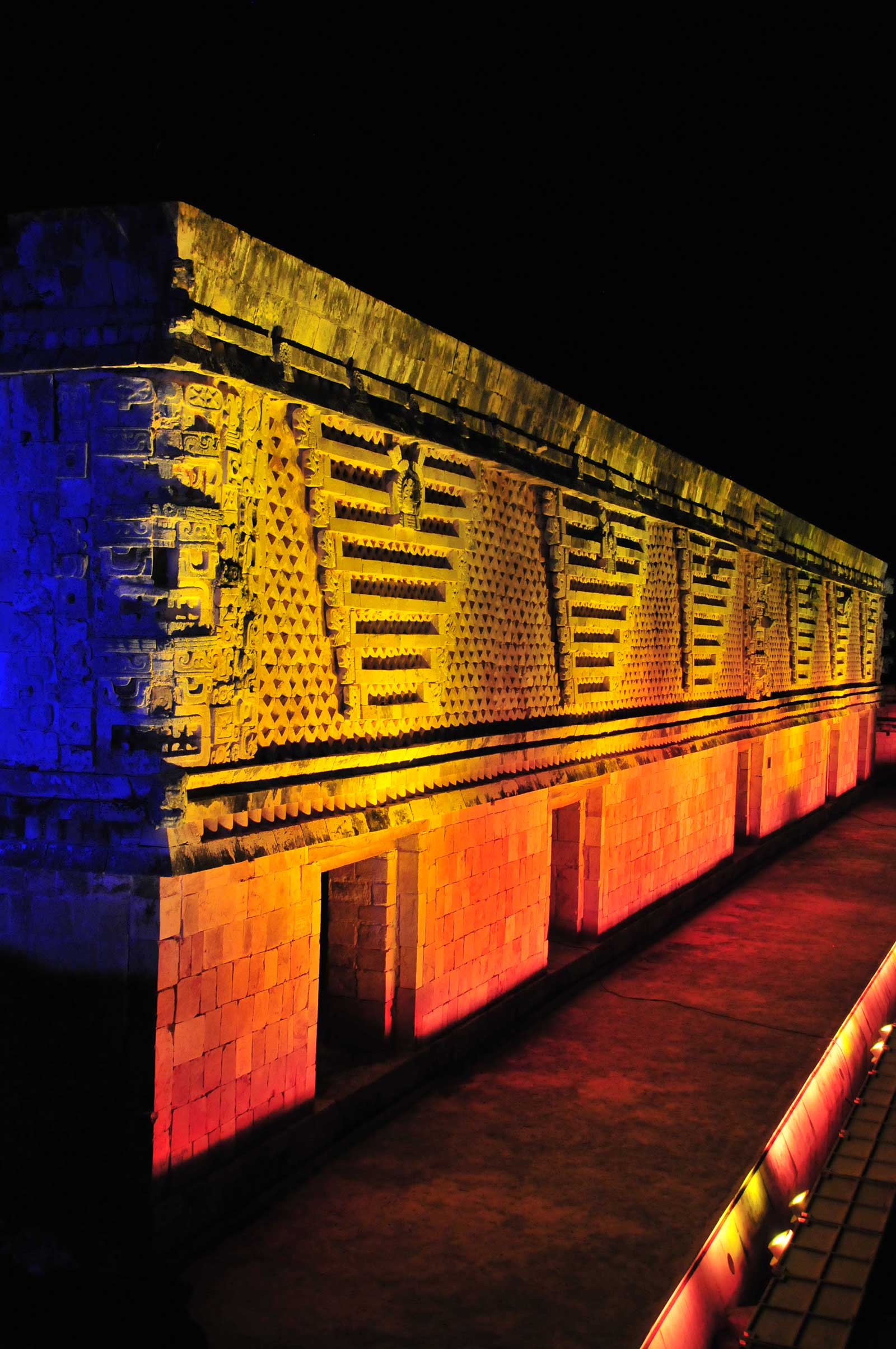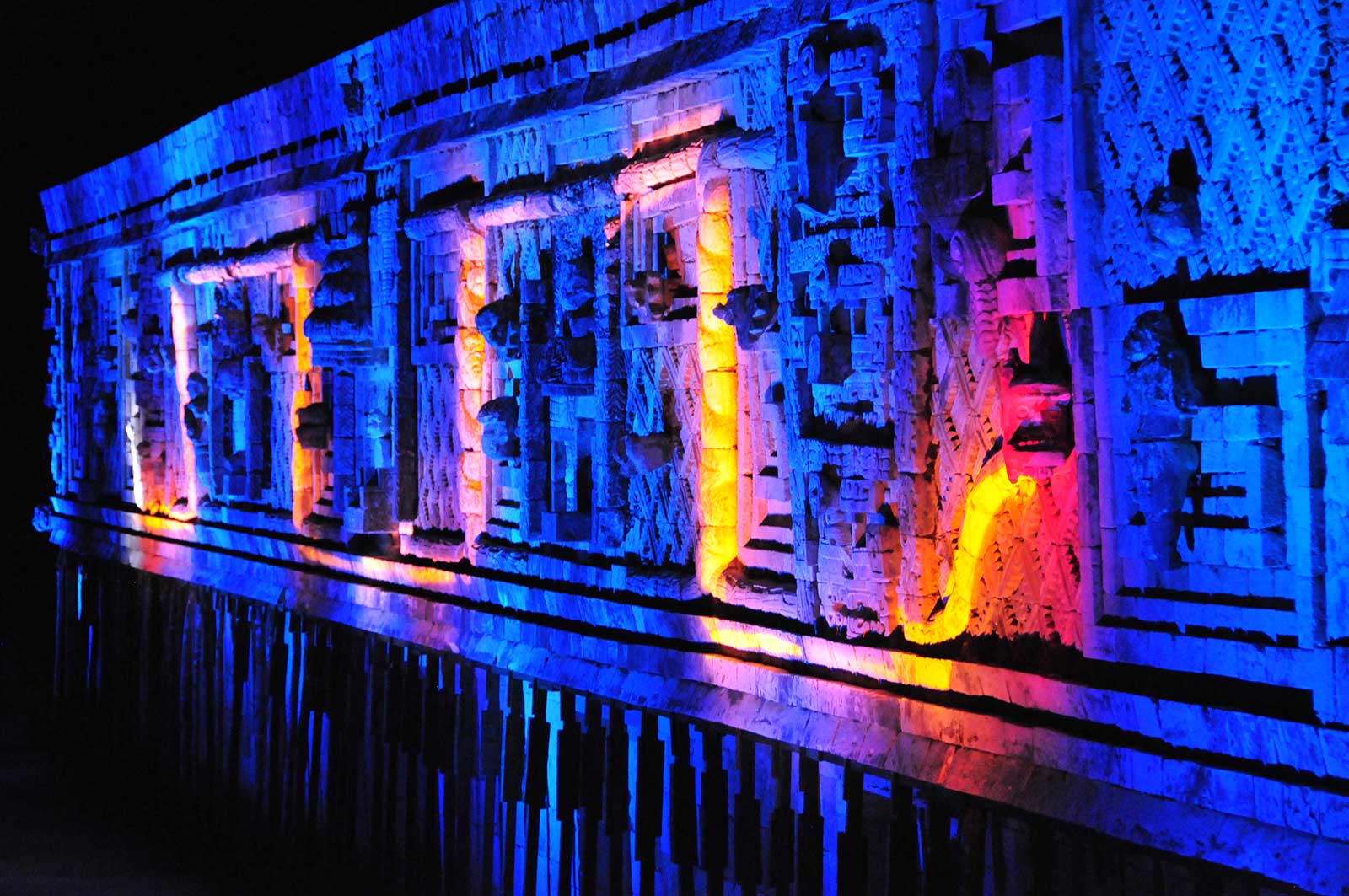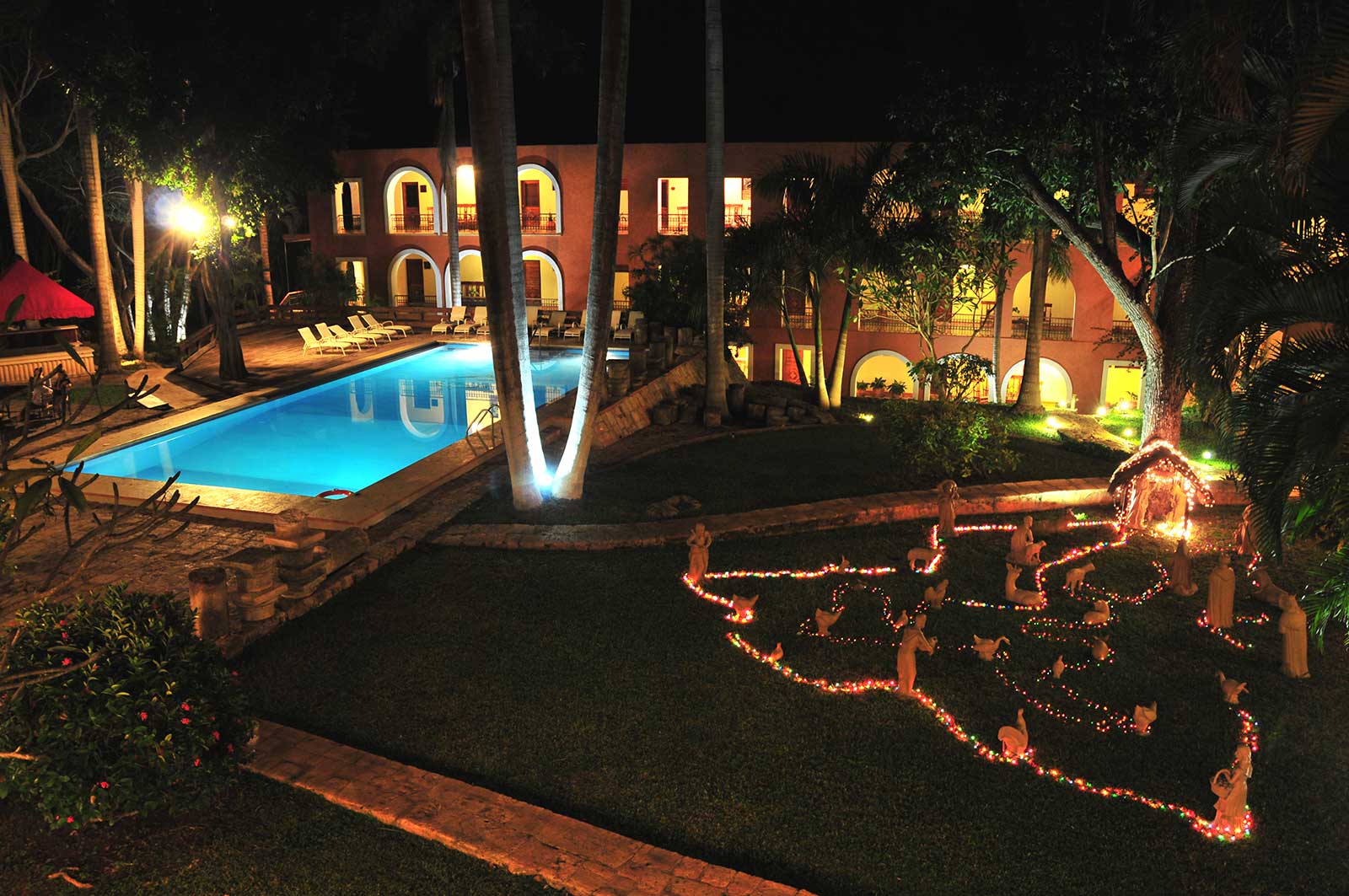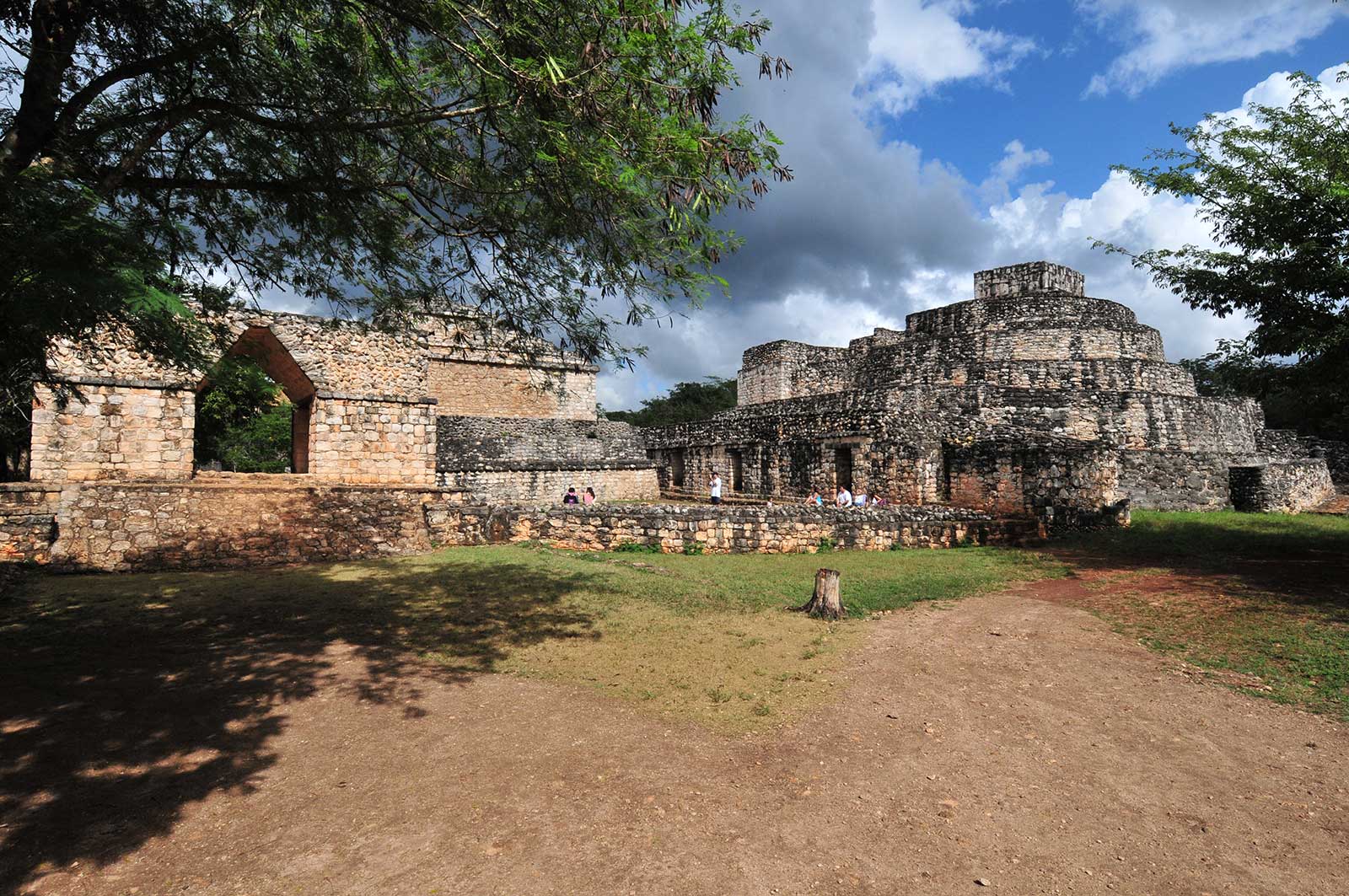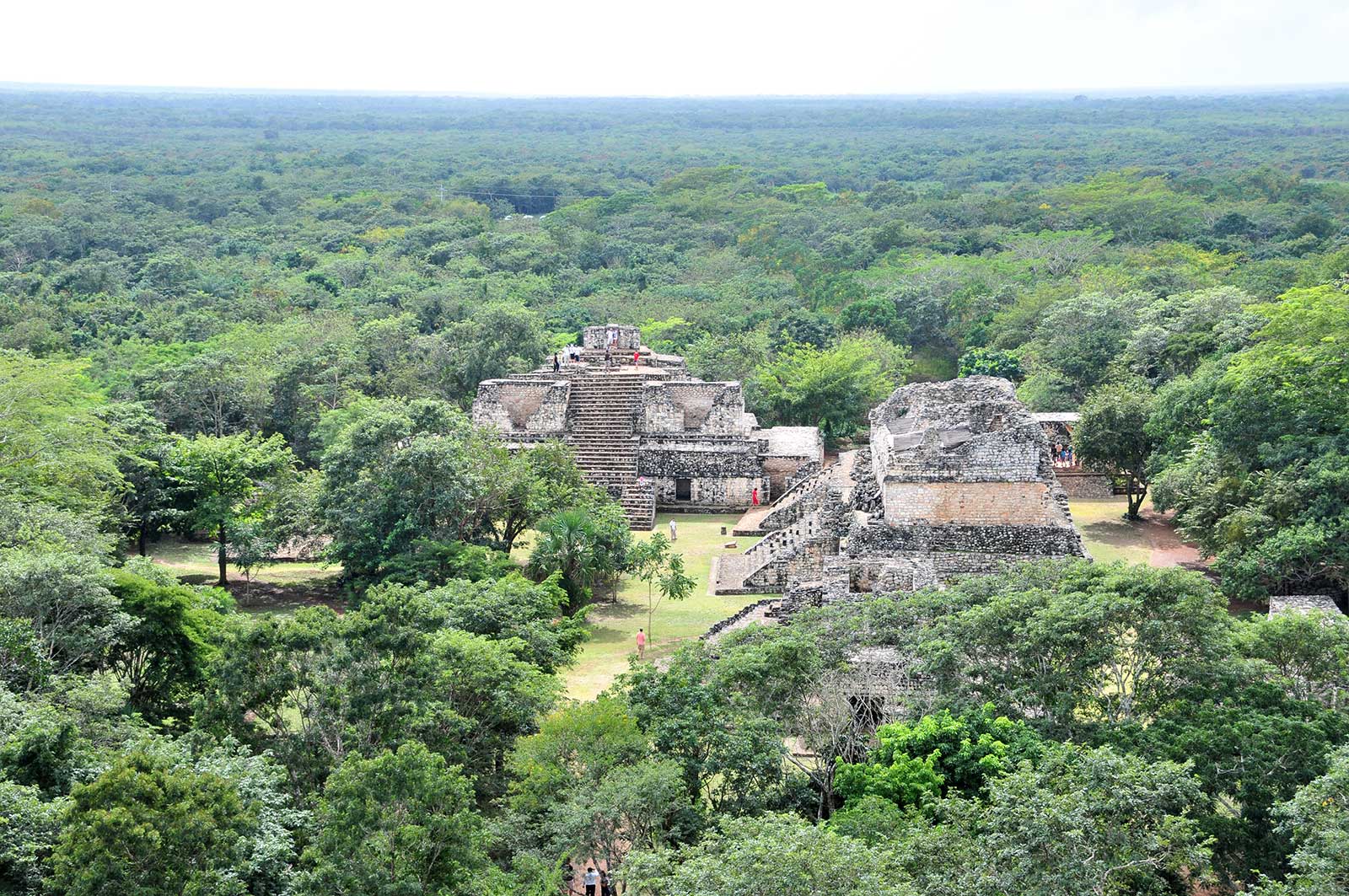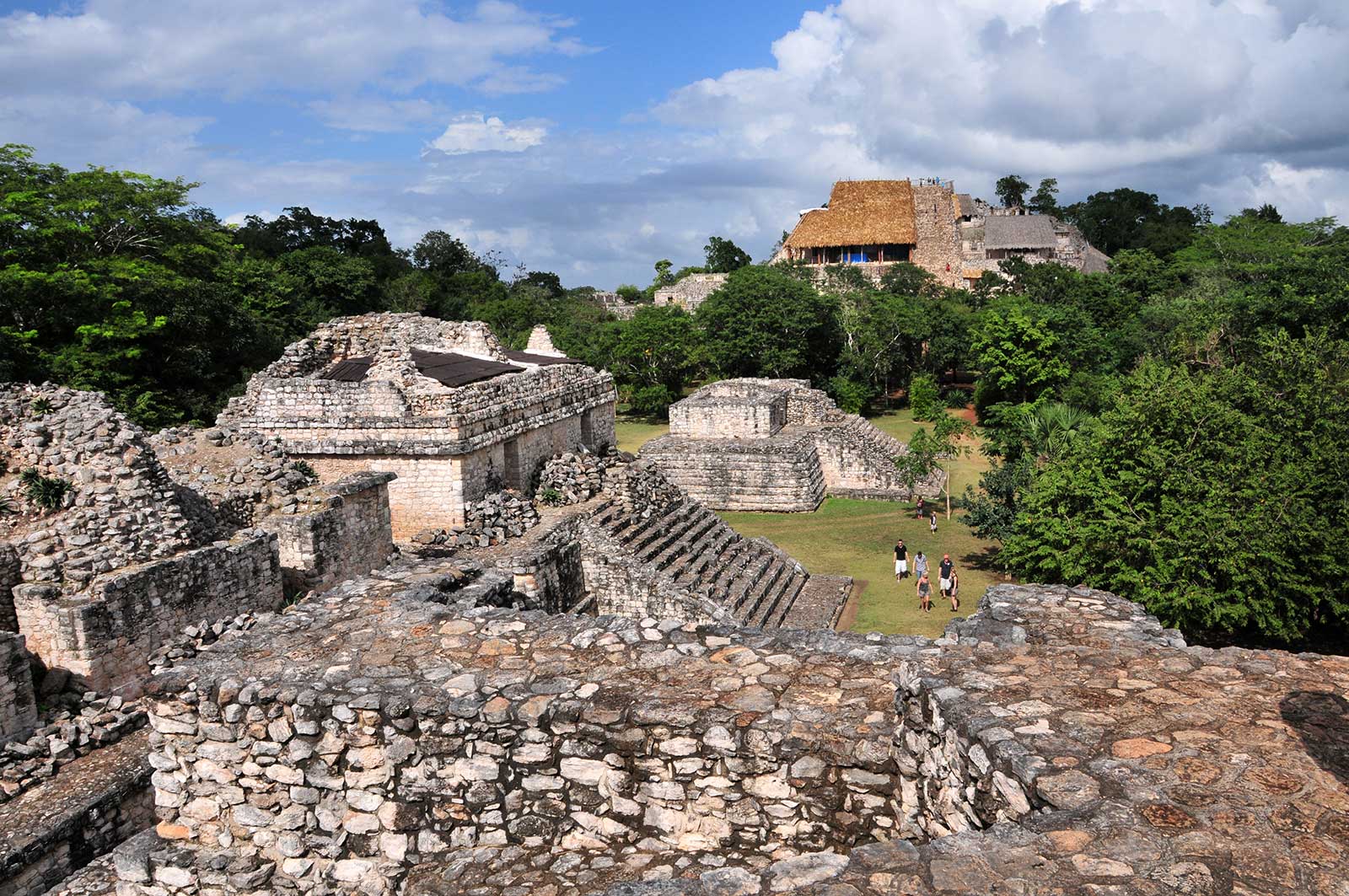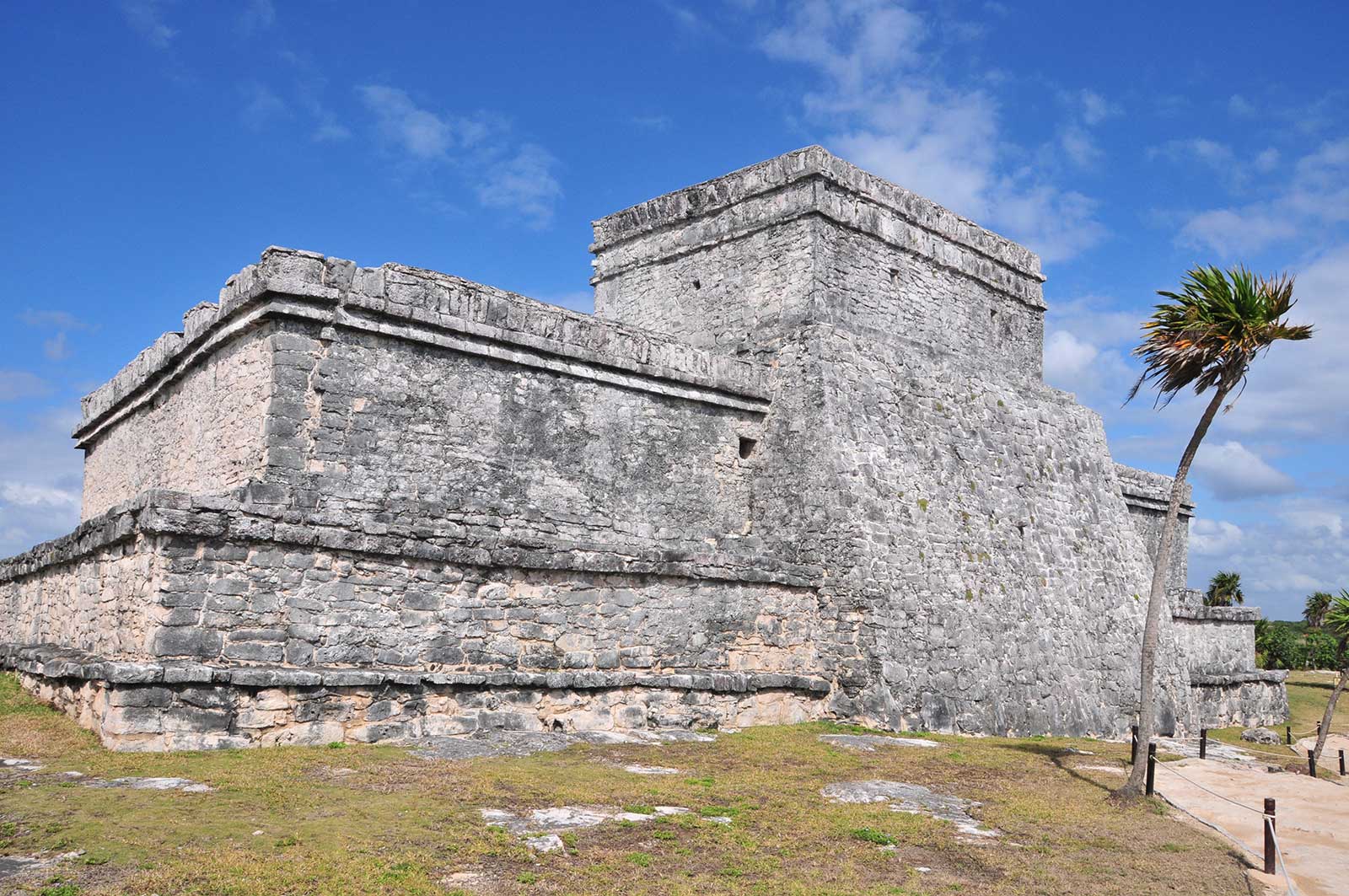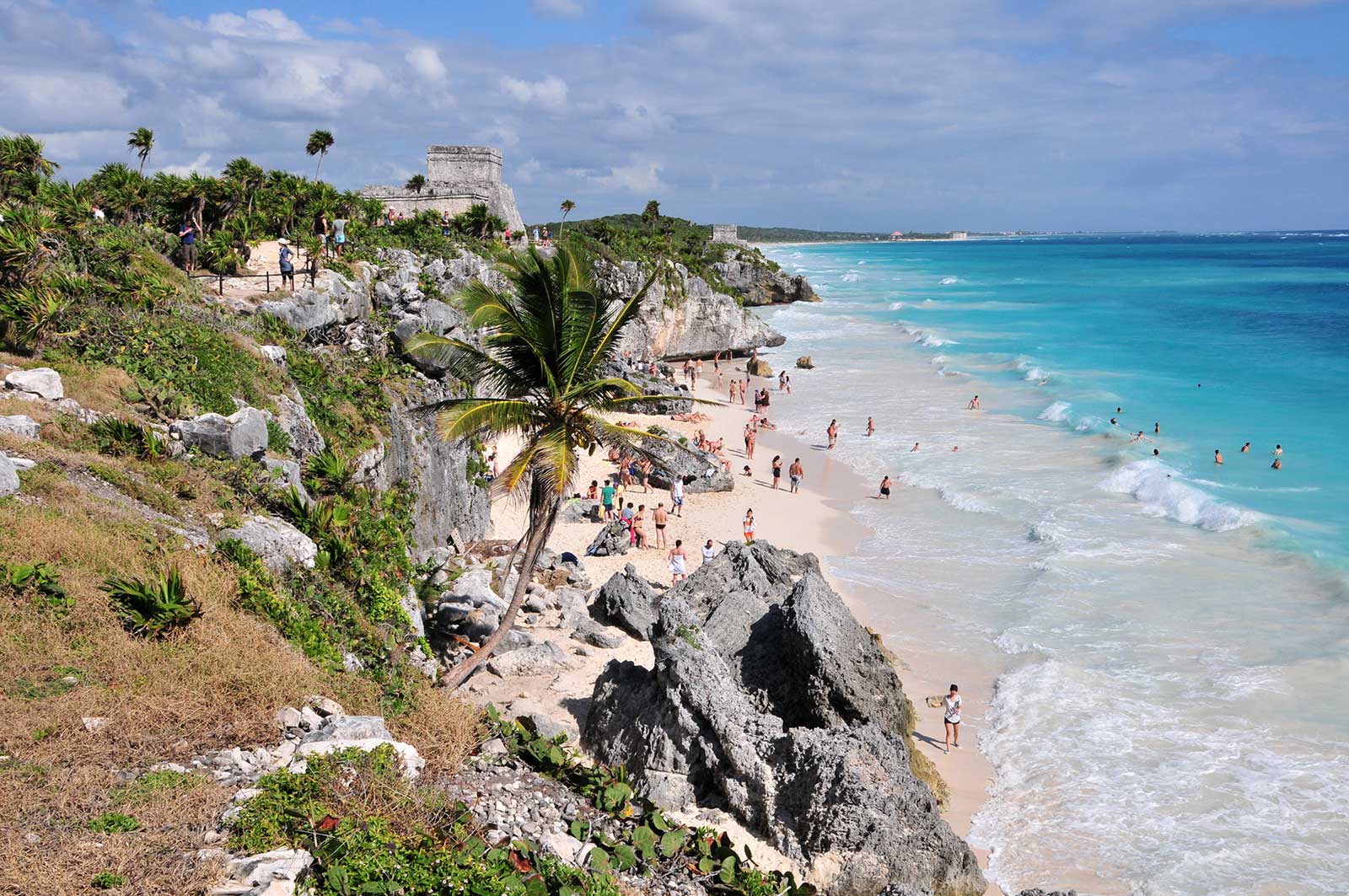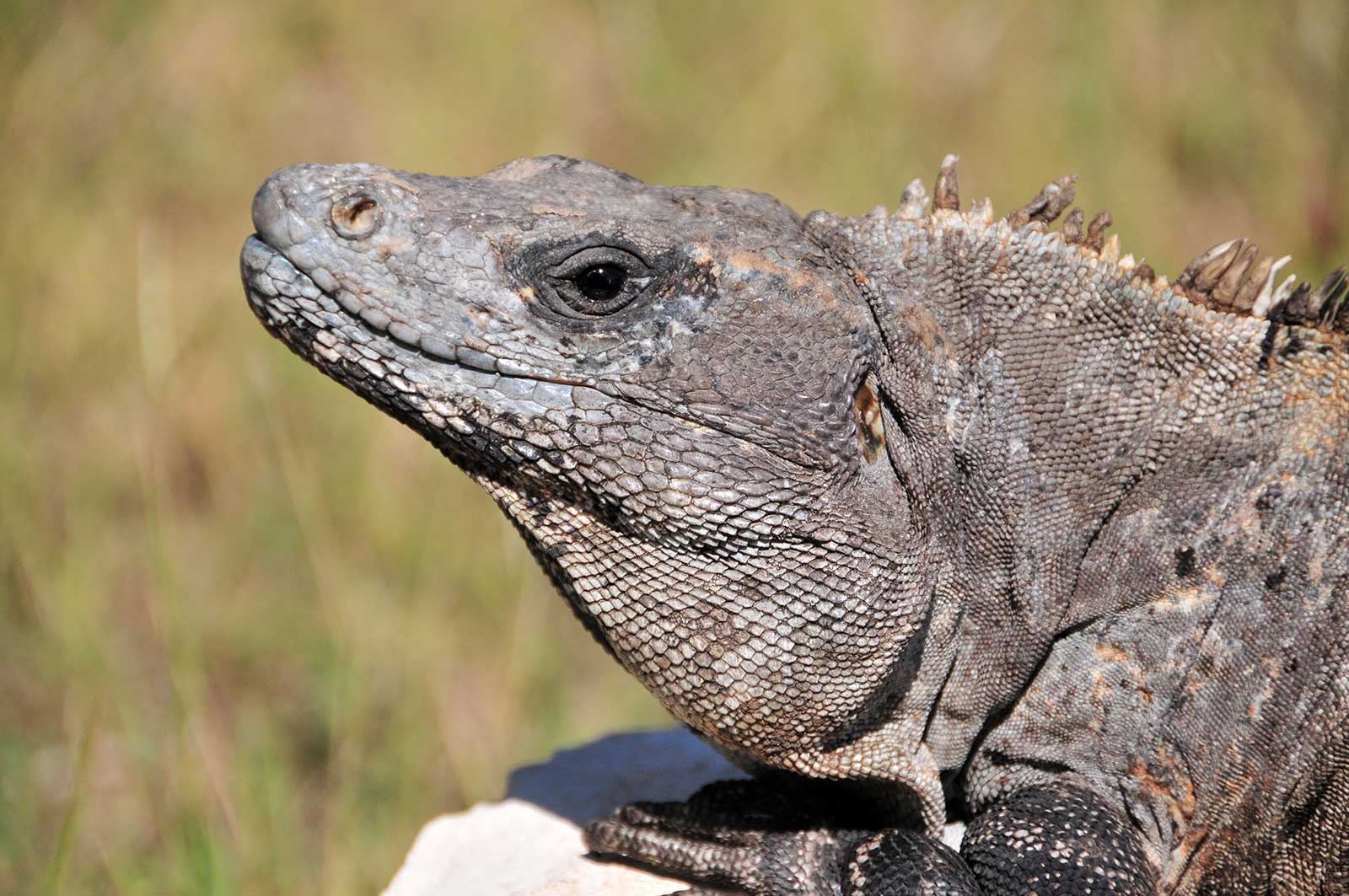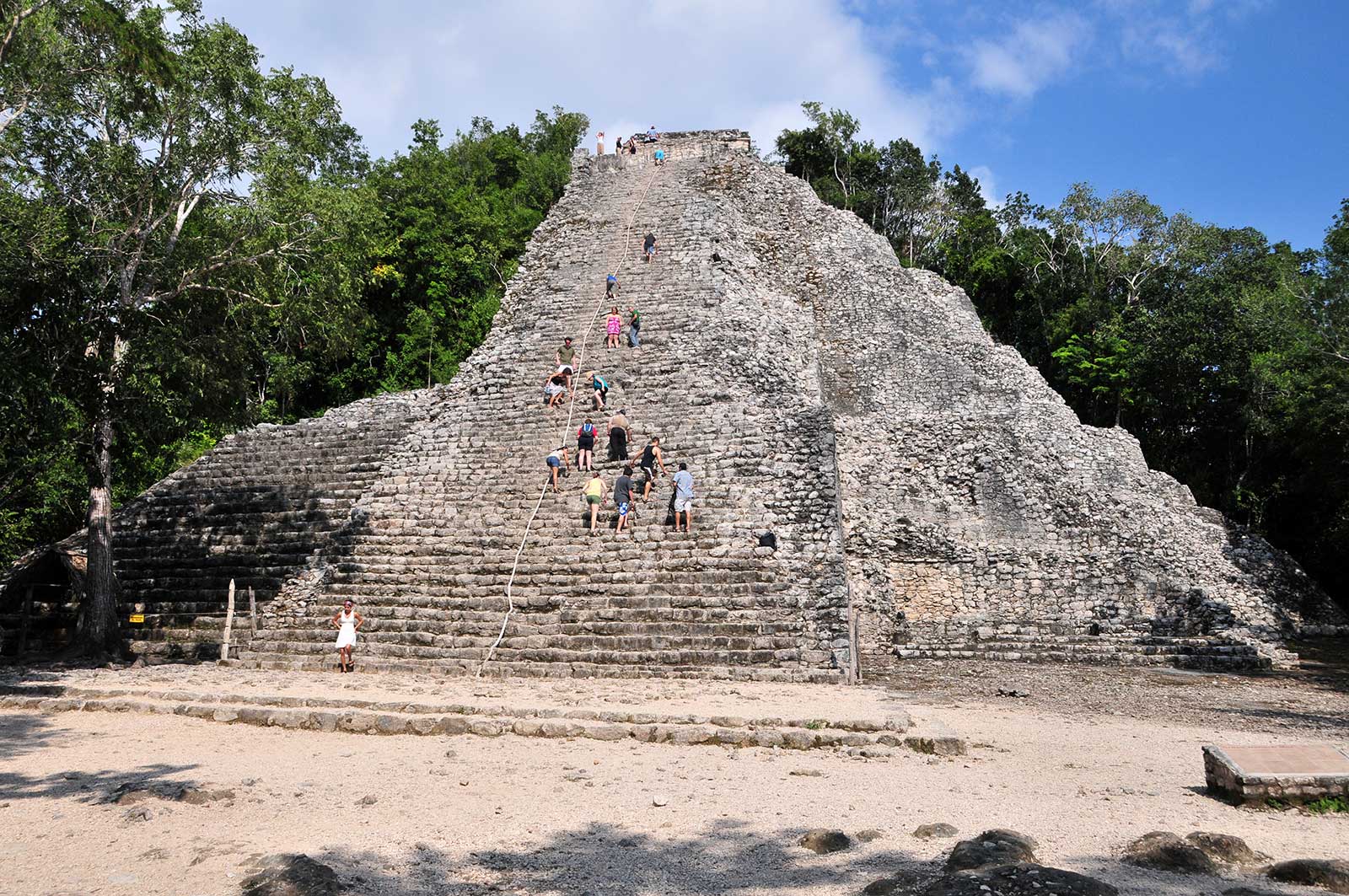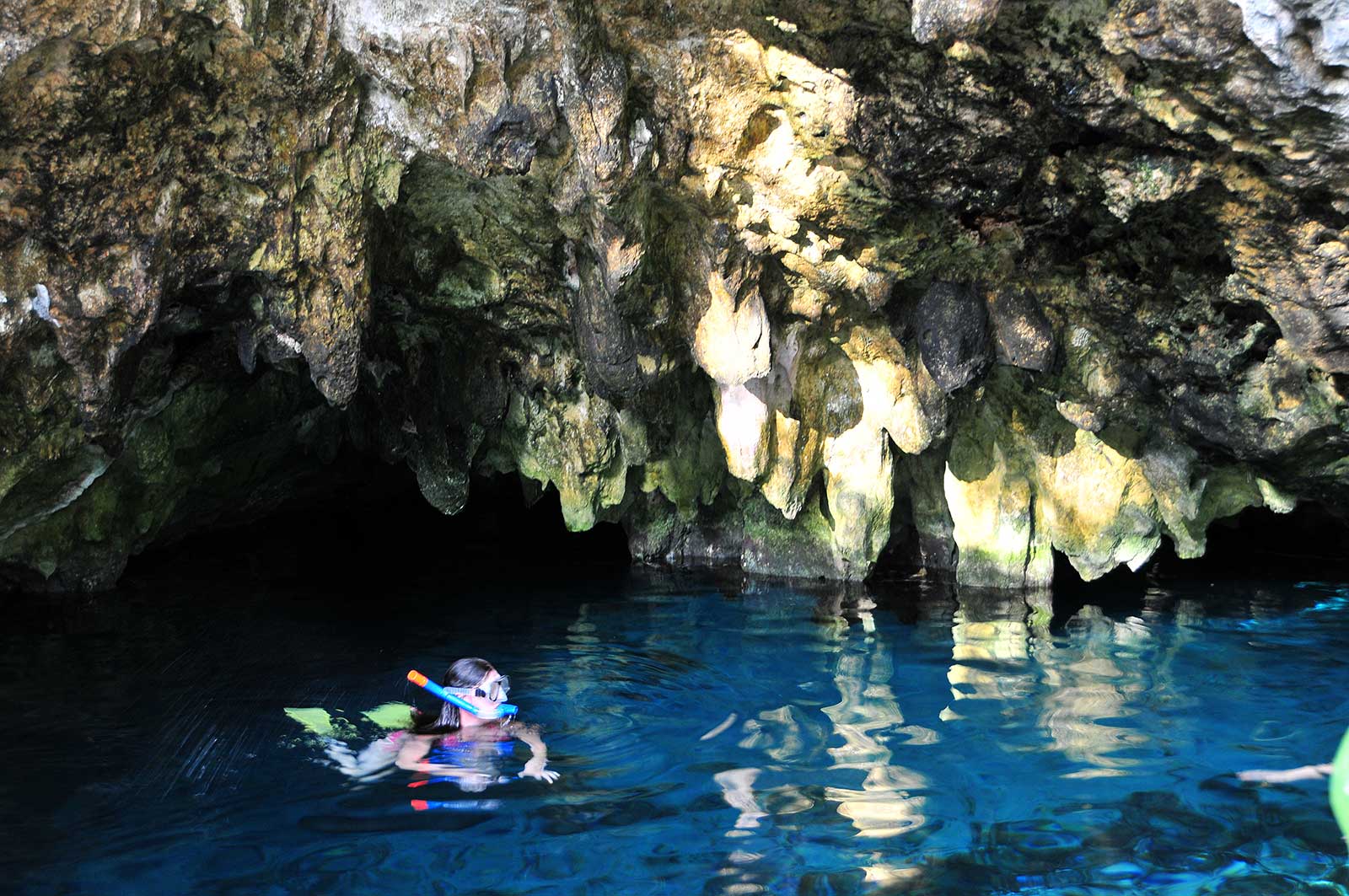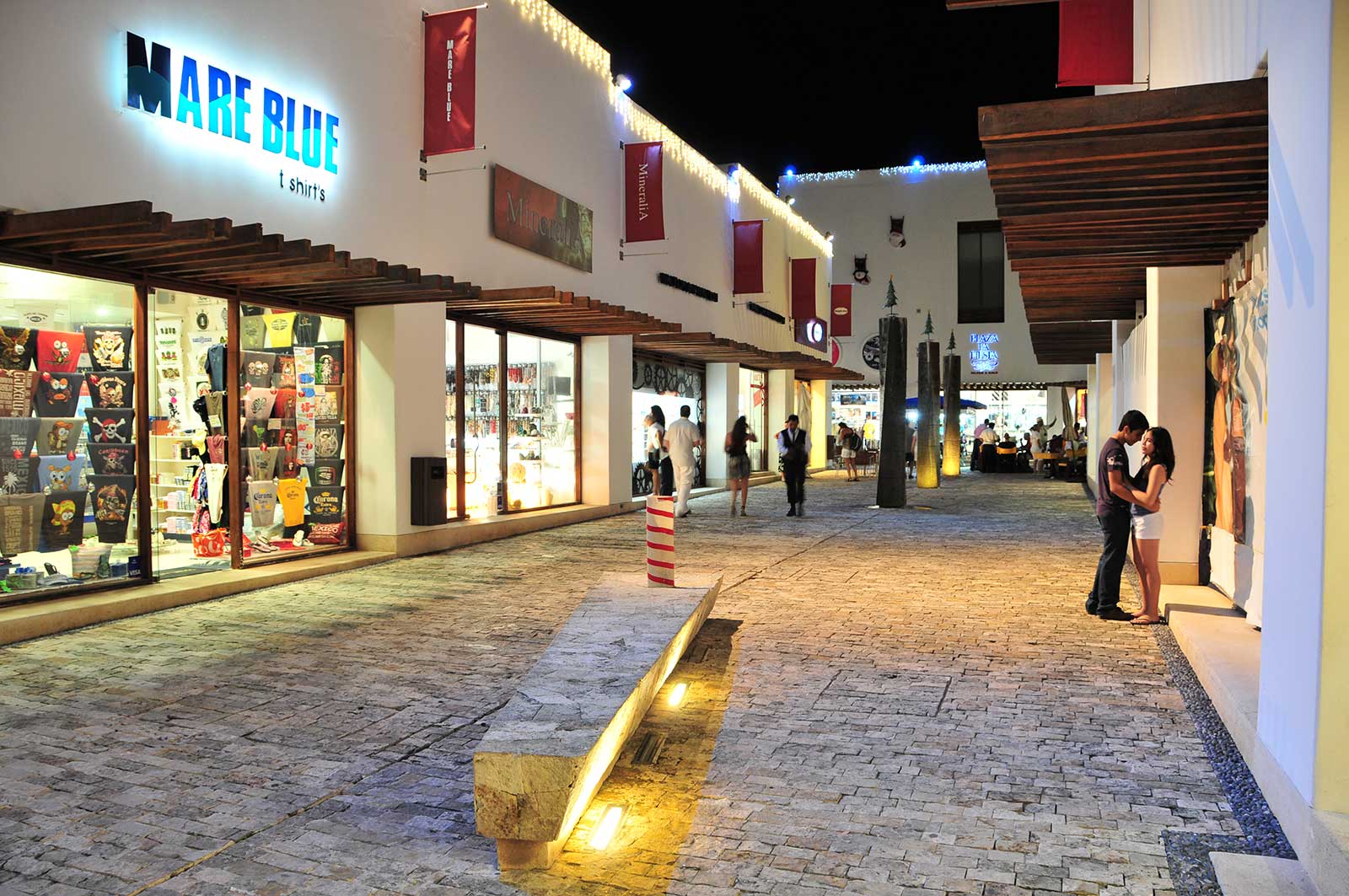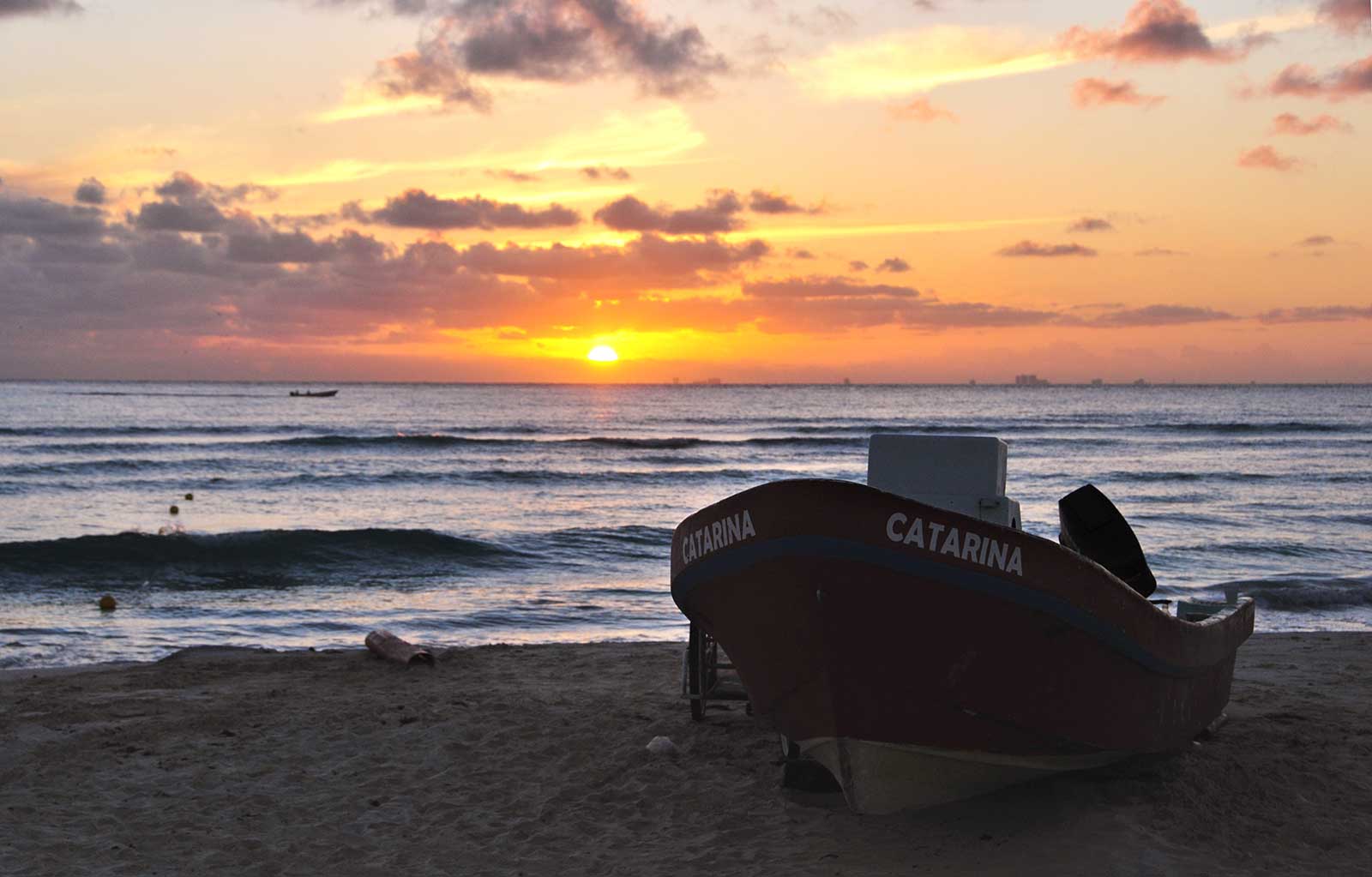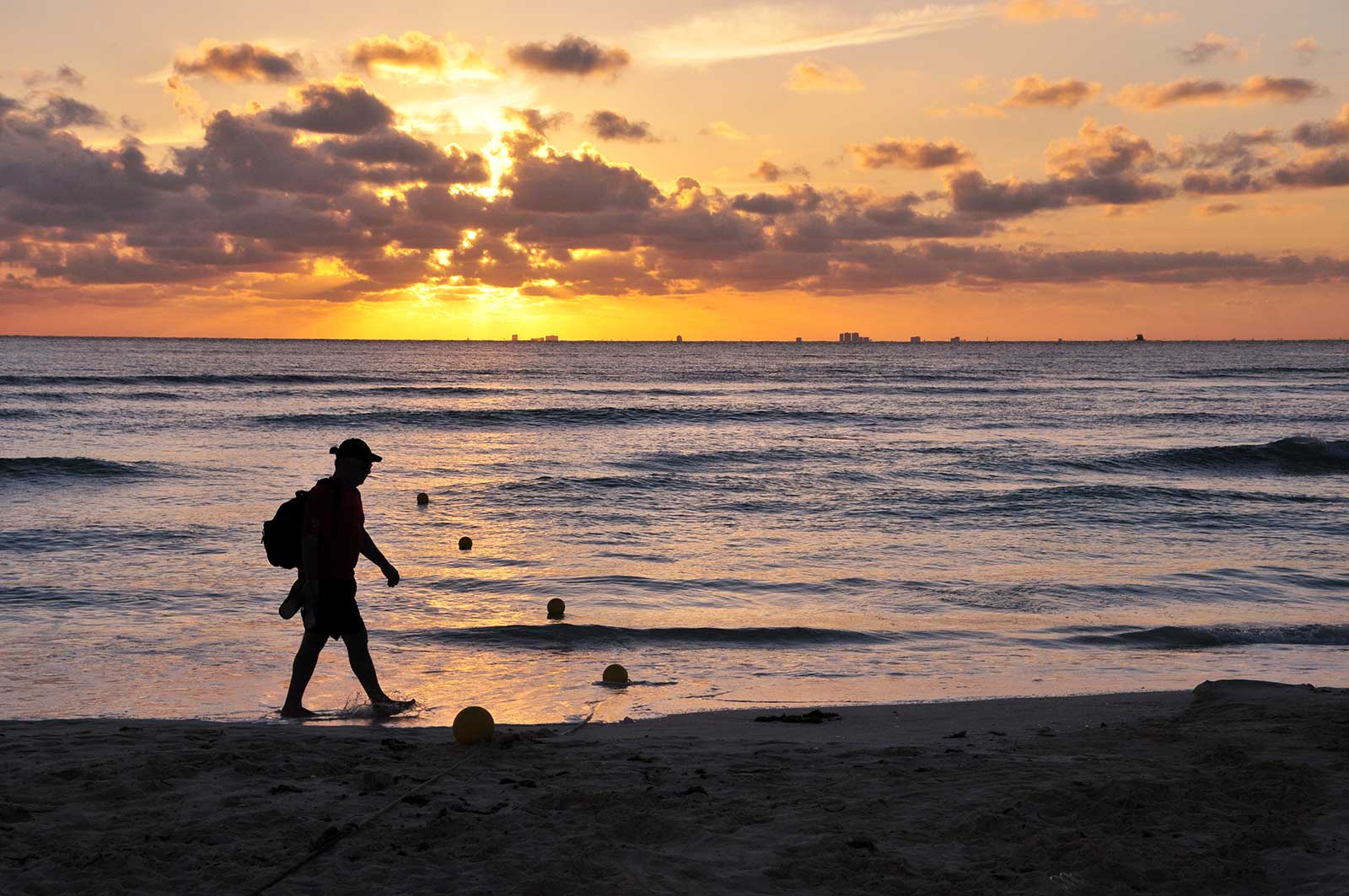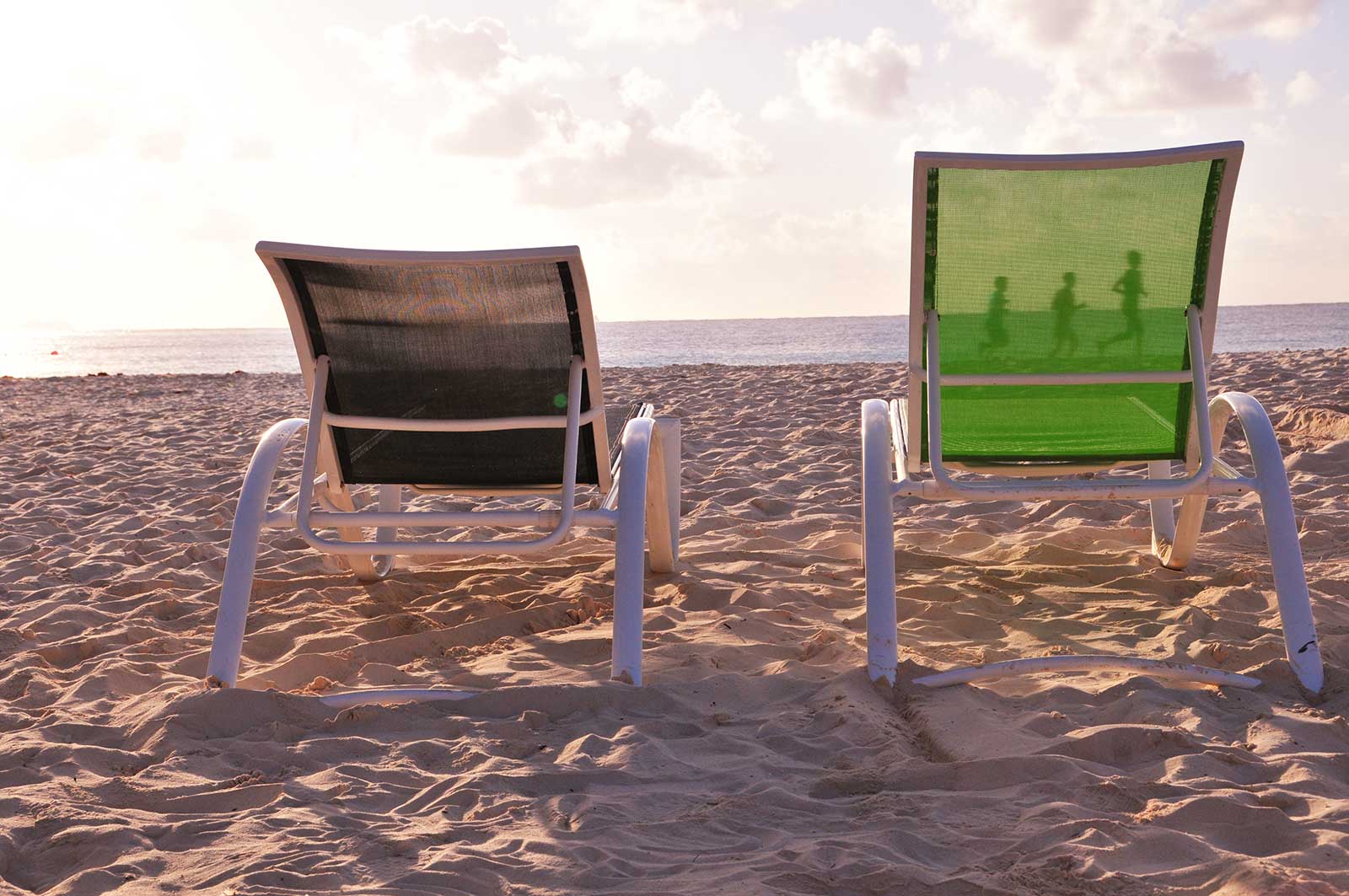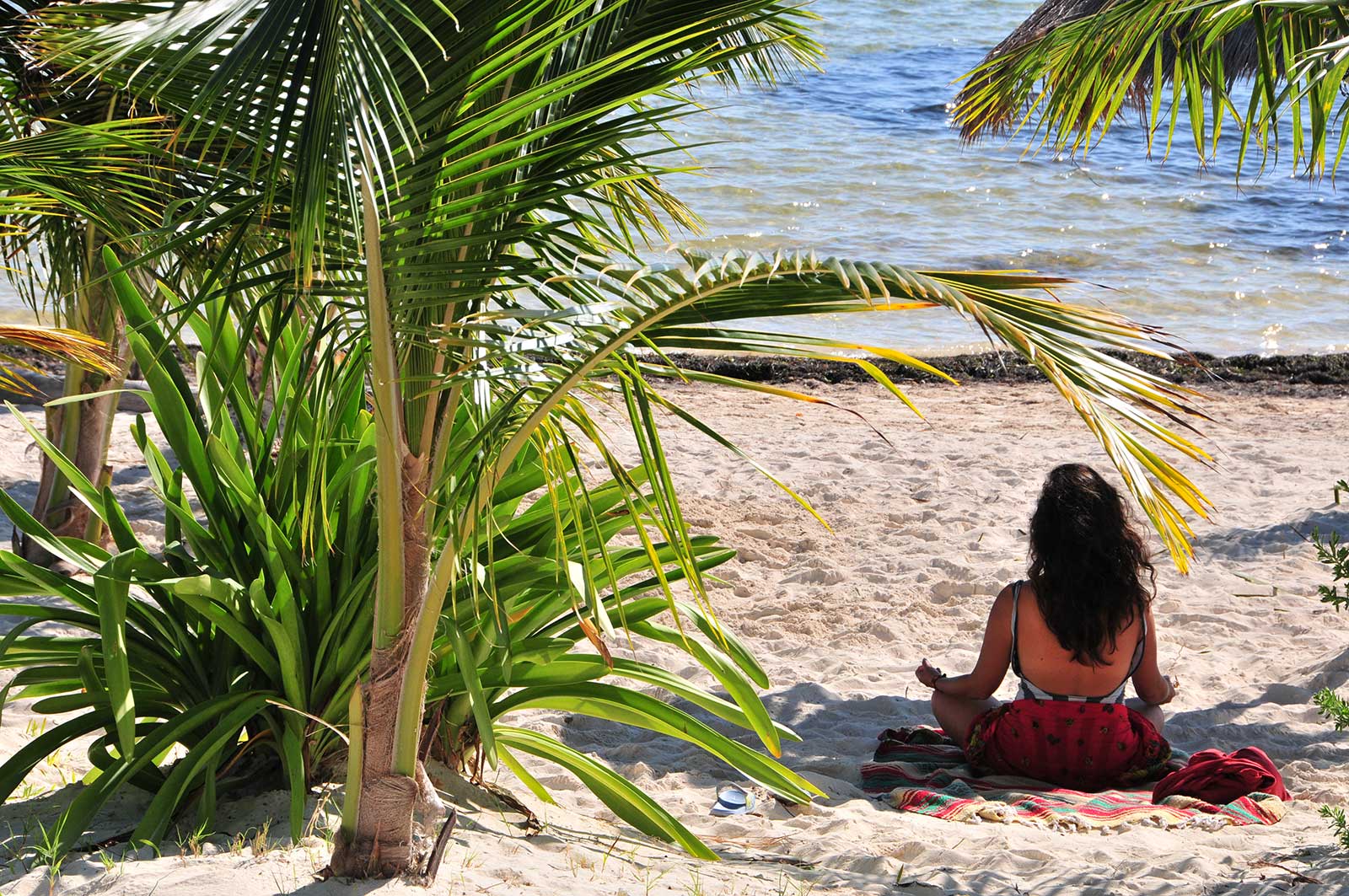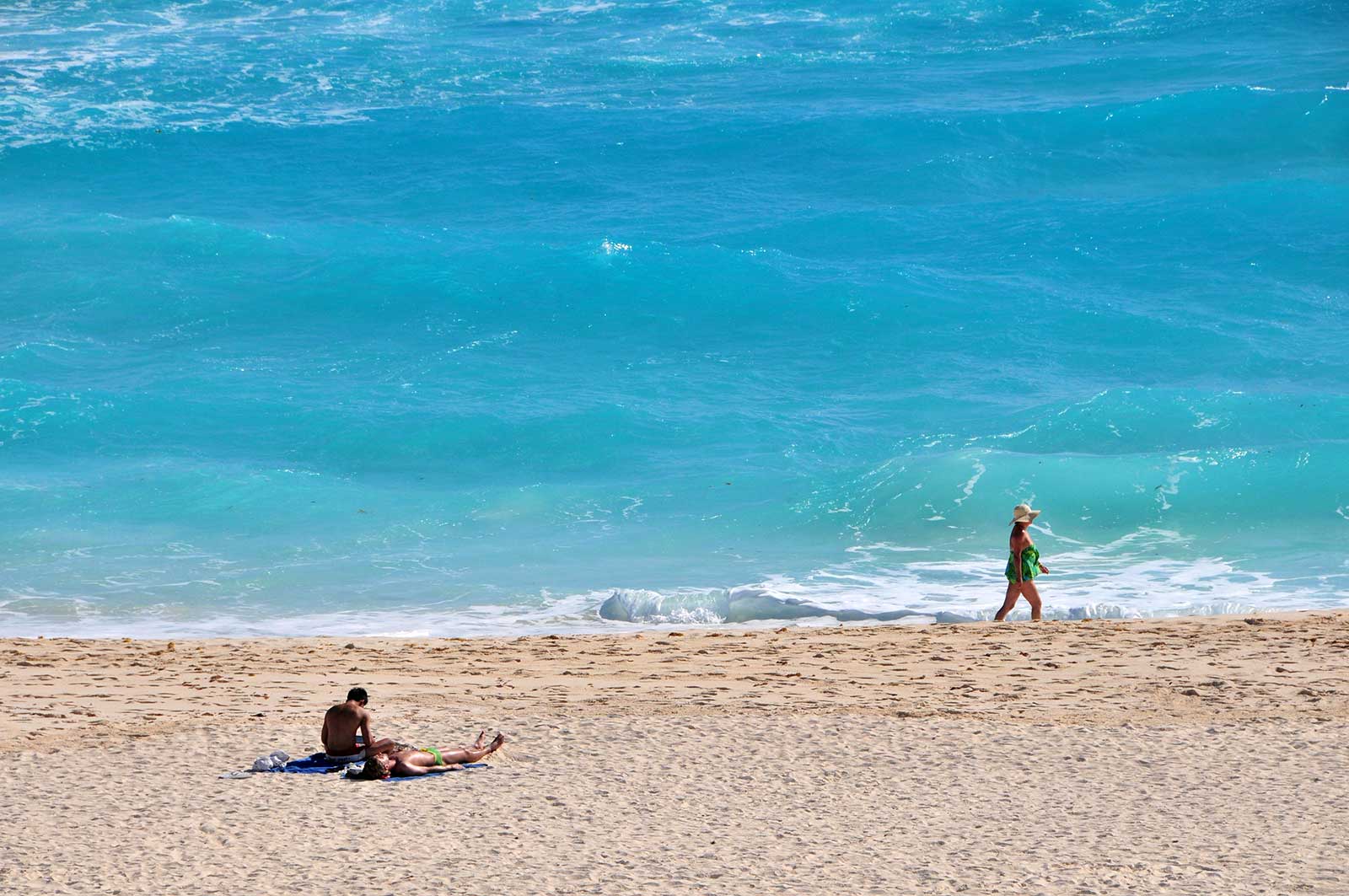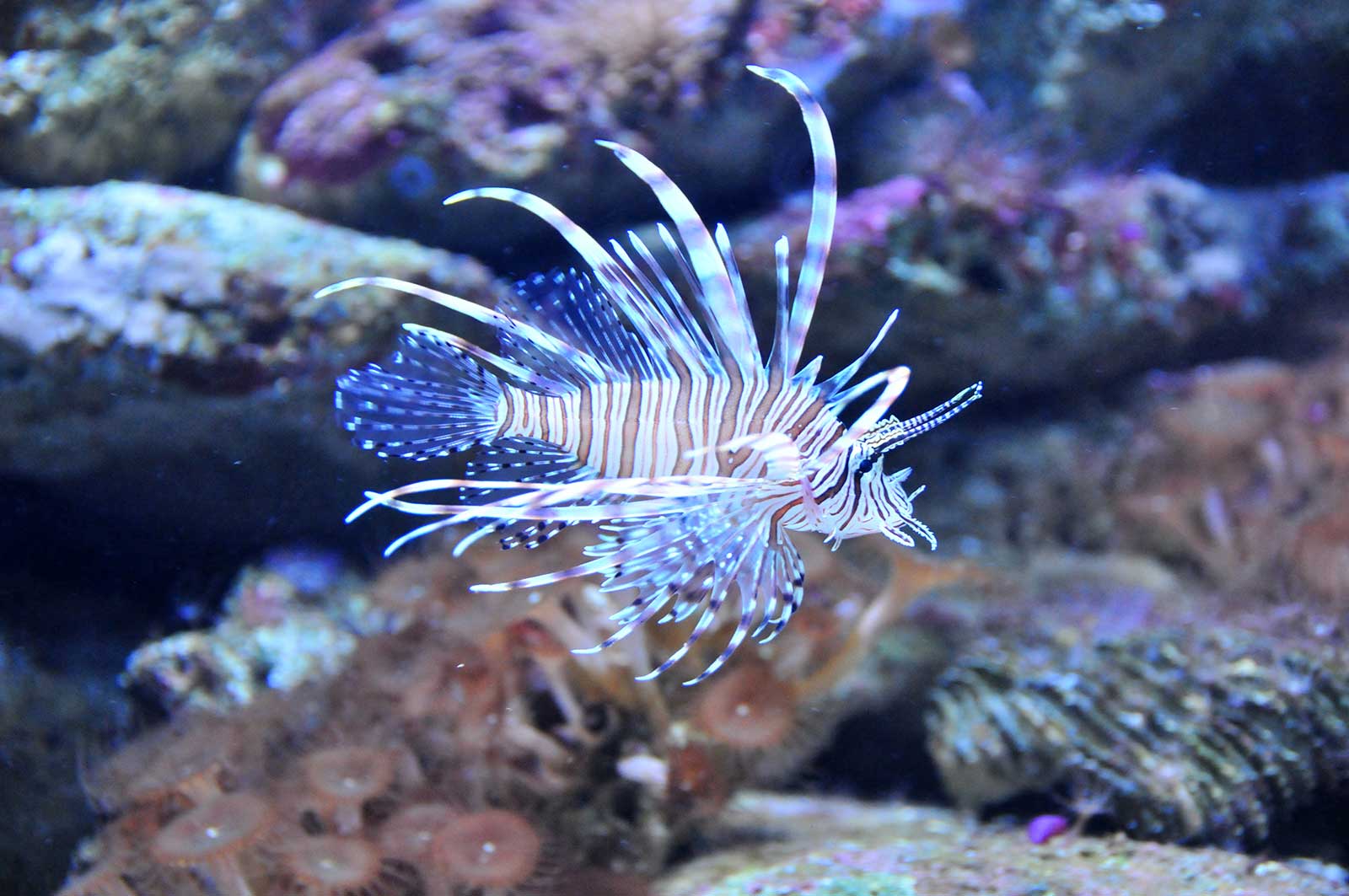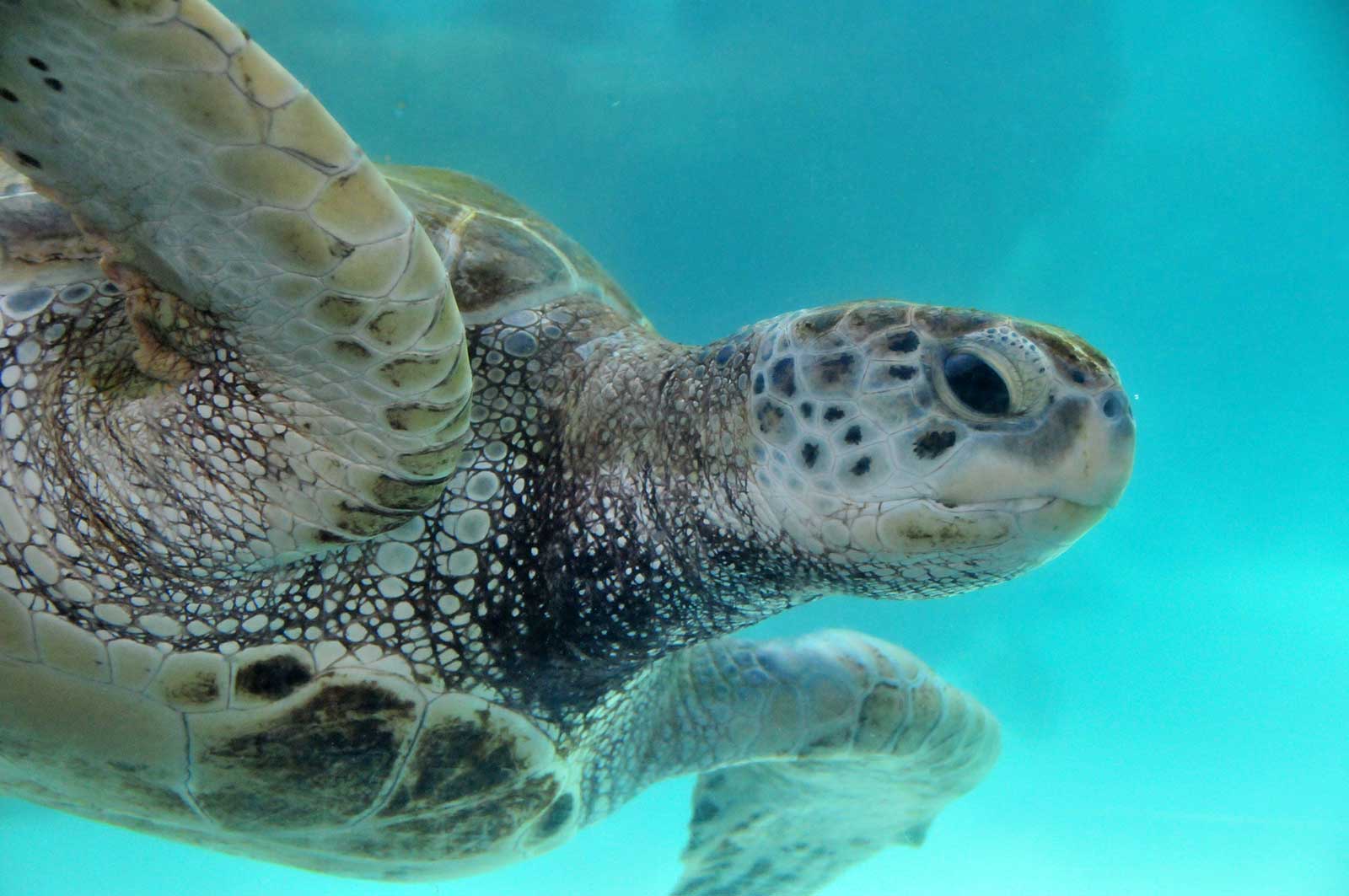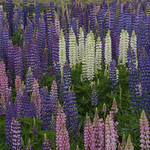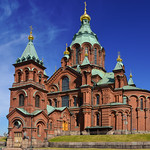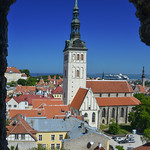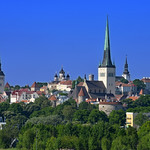1. Itinerary | 2. Chichen Itza | 3. Merida & Ruta Puuc | 4. Uxmal | 5. Ek Balam | 6. Tulum & Coba | 7. Playa Del Carmen | 8. Cancun
24th Dec 2011 – Tulum and Coba
It was Christmas Eve and the kids had there hearts set on the beach but cruel daddy wanted to see Tulum and Coba. So I had to strike a deal that if they were good today, the whole of Christmas day we will spent on the beach. We had a good breakfast and then we set of for Tulum. It was not very far and within an hour we ere at the archaeological site. One can etiehr walk to the actual entrance from the car park or take a shuttle which is essentially a tractor pulling a number of coaches. It is a decent walk so we opted for the shuttle, I guess mentally in my head I was conserving energy for Coba.
As a site Tulum is fairly small, but it’s setting by the emerald waters of the carribean is quite stunning. There is also a small but perfect beach, and most people I noted came prepared for a swim.
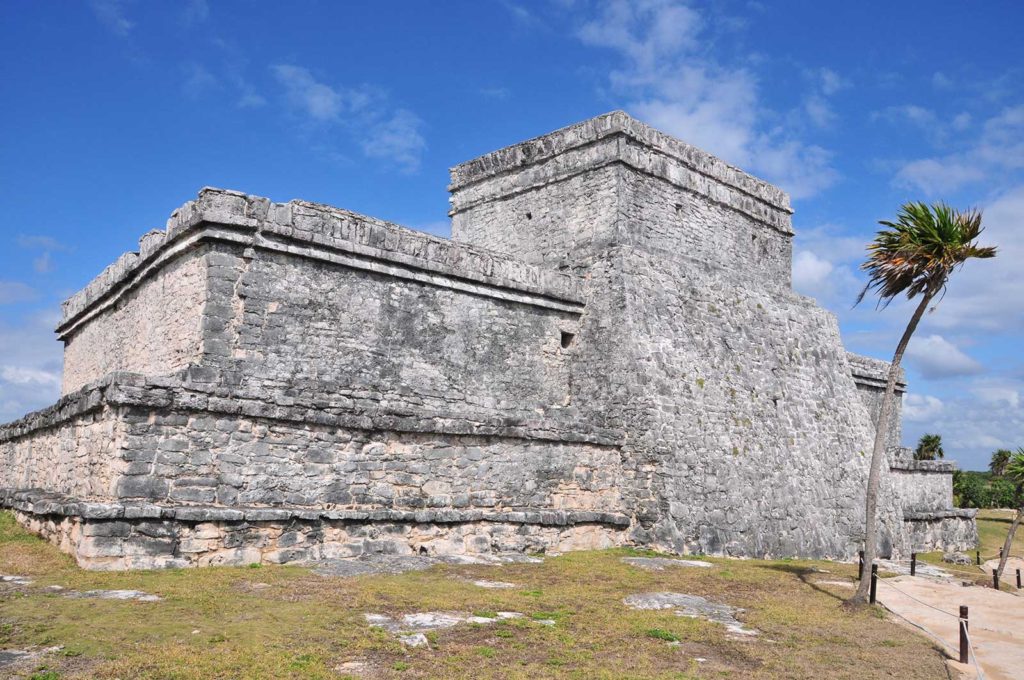
Tulum was one of the last cities inhabited and built by the Mayans, it was at its height between the 13th and 15th centuries and managed to survive about 70 years after the Spanish began occupying Mexico. Old World diseases brought by the Spanish settlers appear to have been the cause of its demise. It is one of the best-preserved coastal Maya sites. There are three major structures of interest at the Tulum site. El Castillo, the Temple of the Frescoes, and the Temple of the Descending God are the three most famous buildings.
The Castillo was built on a previous building that was colonnaded and had a beam and mortar roof. The lintels in the upper rooms have serpent motifs carved into them. The construction of the Castillo appears to have taken place in stages. A small shrine appears to have been used as a beacon for incoming canoes. This shrine marks a break in the barrier reef that is opposite the site. Here there is a cove and landing beach in a break in the sea cliffs that would have been perfect for trading canoes coming in. This characteristic of the site may be one of the reasons the Maya founded the city of Tulum exactly here, as Tulum later became a prominent trading port during the late Postclassic.
The Temple of the Frescoes was used as an observatory for tracking the movements of the sun. Niched figurines of the Maya “diving god” or Venus deity decorate the facade of the temple. This “diving god” is also depicted in the Temple of the Diving God in the central precinct of the site. Above the entrance in the western wall a stucco figure of the “diving god” is still preserved, giving the temple its name. A mural can still be seen on the eastern wall that resembles that of a style that originated in highland Mexico, called the Mixteca-Puebla style, though visitors are no longer permitted to enter.
Because of the nice sea breeze this site is quite a pleasure to see. The other notiecable thing over here were the Iguanas, quite a few big ones.
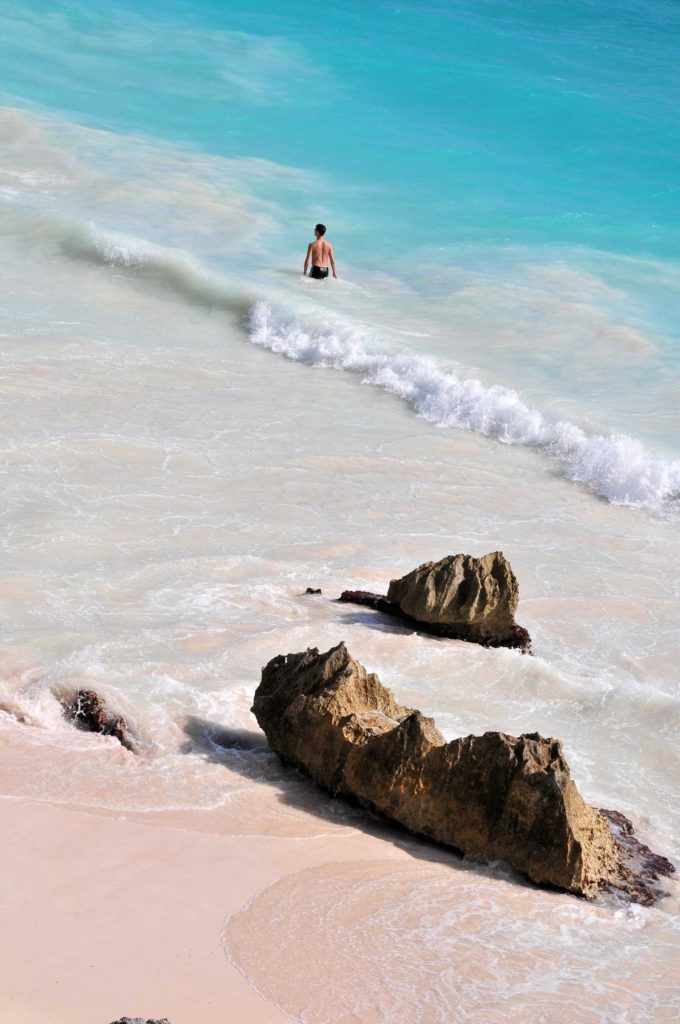
We took the shuttle back to the car park and as soon as the shuttle drew in we could hear music and on getting of we got to see the Danza de los Voladores de Papantla, essentially a daring pole dance. Quite a site though to see men hanging inverted from ropes and playing musica instruments while rotating at full speed in mid air.
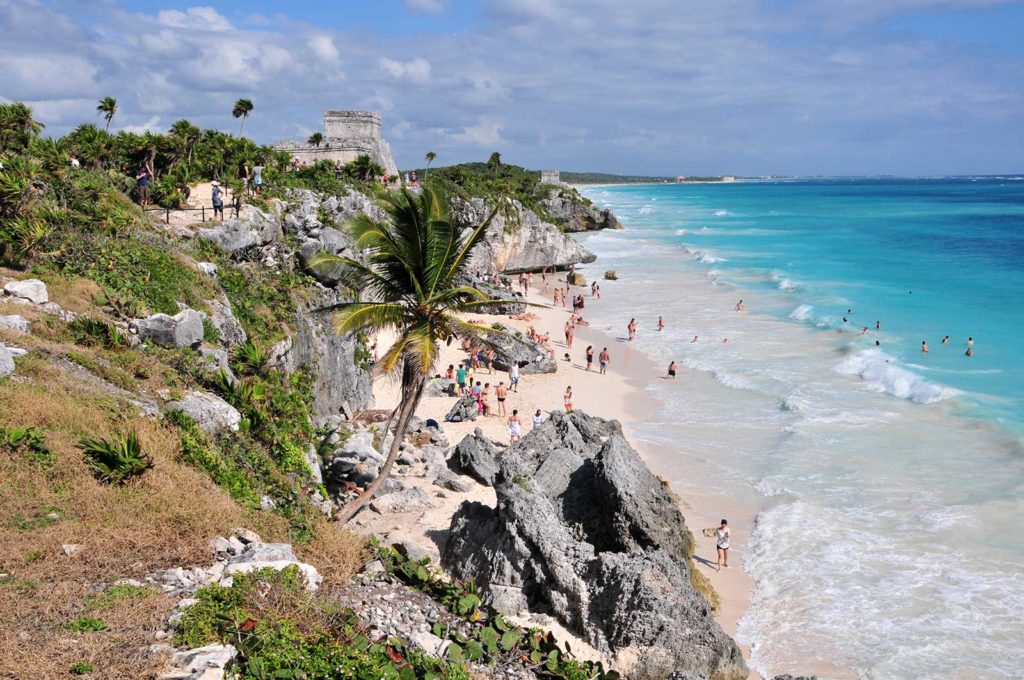
After this we got into our cars and headed of towards Coba, the kids were on best behaviour as they had been promised the reward of the beach at the end of the day. I was actually feeling bad for them so I promised them that when we reach Coba, they wond have to walk, they can get up on tricycles like an Indian Rickshaw. Coba is quite a huge site and I wanted to do it in two hours tops, so they were essntial any way. No harm in making it fun for the kids I guess and taking the kudos from it.
Coba is set amidst dense, muggy inland forest amid several lakes. It is a fascinating site we clusters of buildings spread out over several kilometers, that’s why the triclo cabs. Going through the forest is in itself quite exciting and adds another dimension which is in sharp contrast to the other Mayan sites.
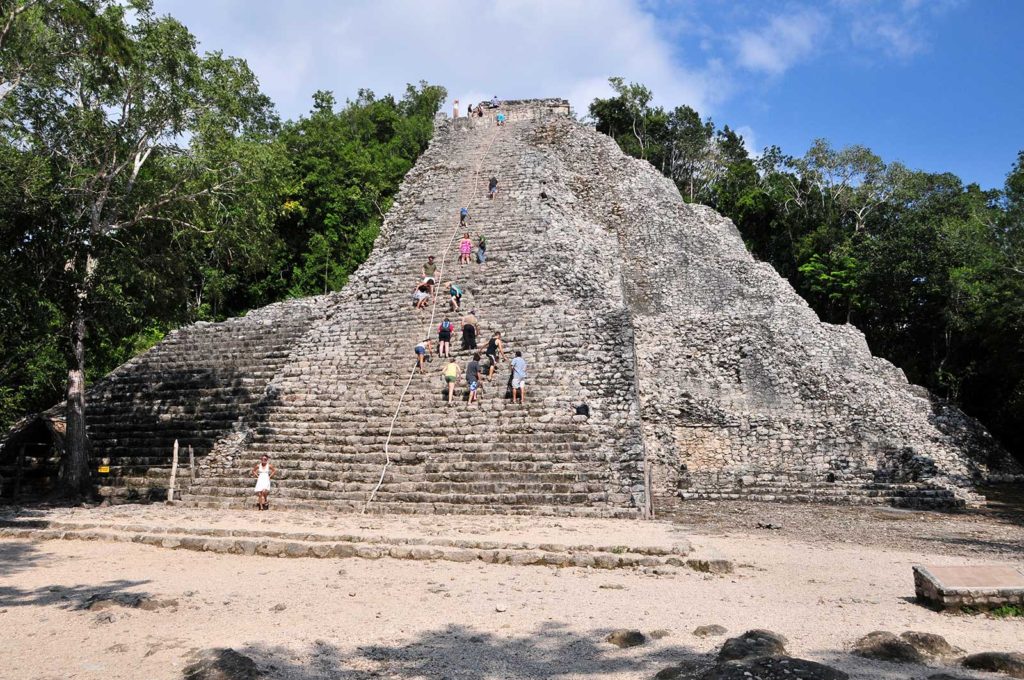
The first cluster of buildings one reaches right at the entrances is called the Grupo Coba, a residential and ceremonial complex. The large central pyramid above is known as the Iglesia and was used for Maya ceremonies even after the city ceased to function. There is a small ball court here as well.
Along the way we stopped to take in other sites like the Conjunto Pinturas, there is some original colour that is preserved in the temple, a second ball court with a human skull curved in the centre and the one pictured above is Xaibe pyramids, so named as it was situated at the crossroads of a major junction of scheob. A series of elevated stone and plaster roads radiate from the central site to various smaller sites near and far. These are known by the Maya term sacbe (plural sacbeob). Some of these causeways go east to the Caribbean coast, and the longest runs over 100 kilometres (62 mi) westwards to the site of Yaxuna.
The main attraction though is Nohoc Mul, it reaches a height of 42 m making it far taller than the pyramids at Chichen Itza or Uxmal. May be because it is surrounded by lofty forests the impact of its height does not hit you. However this is the tallest mayan pyramid in Yucatan and the second highest in the world.
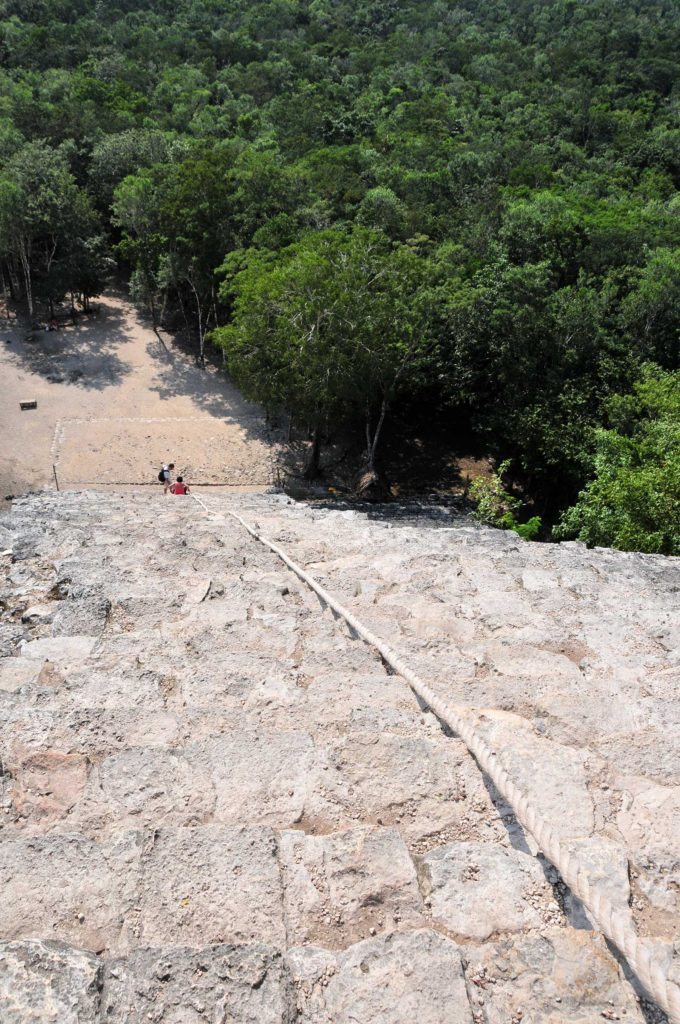
At the top of Nohoch Mul you can view a panorama of dense jungle with other pyramids and buildings poking up through the lush green carpet in all directions. As you stand at the top of Nohoch Mul you will have a view similar to that offered to the Mayan Priests over 1500 years ago. Be aware the climb of Nohoch Mul is not a cake walk. There are 124 steps to get to the top. The pyramid rises at a significant angle, so if you have a weak heart or very young children with you the full climb is best avoided. A thick rope down the middle of the pyramid has been provided that can make the climb a little easier.
After climbing Nohoch Mul, we headed of towards Grupo Macanxoc where there is a cluster of 20 stelae, most carved during the seventch century AD. Most of the relief though has worn away with age. Apparently stele 1 shows the Maya creation myth and the oldest date recorded in the Maya Long Count Calendar, however i was not something that I could decipher wtihout a guide pointing it out to me. The tricycle drivers though did provide fair bit of information and often double up as guides.

We then had a nice relaxing lunch in a local resturant by the lakes and then headed back to Playa del Carmen. On our way back we stopped for a short break at the Grand Cenote, quite pricy if you are not going to get into the water I guess. However it was one of those things that I had now ticked of from my lists of things to see.
It was then my turn to keep my promise so after quickly freshening up in the hotel we headed for the beach and spent an hour or so making sand castles. The sun had set and it was quite apparent that kids were tired so we decided to call it a day after collecting some takeaway again from the same chines resturant, an indication of the fact that we were a bit tired by now of the Fajitas and the Quesadillas.
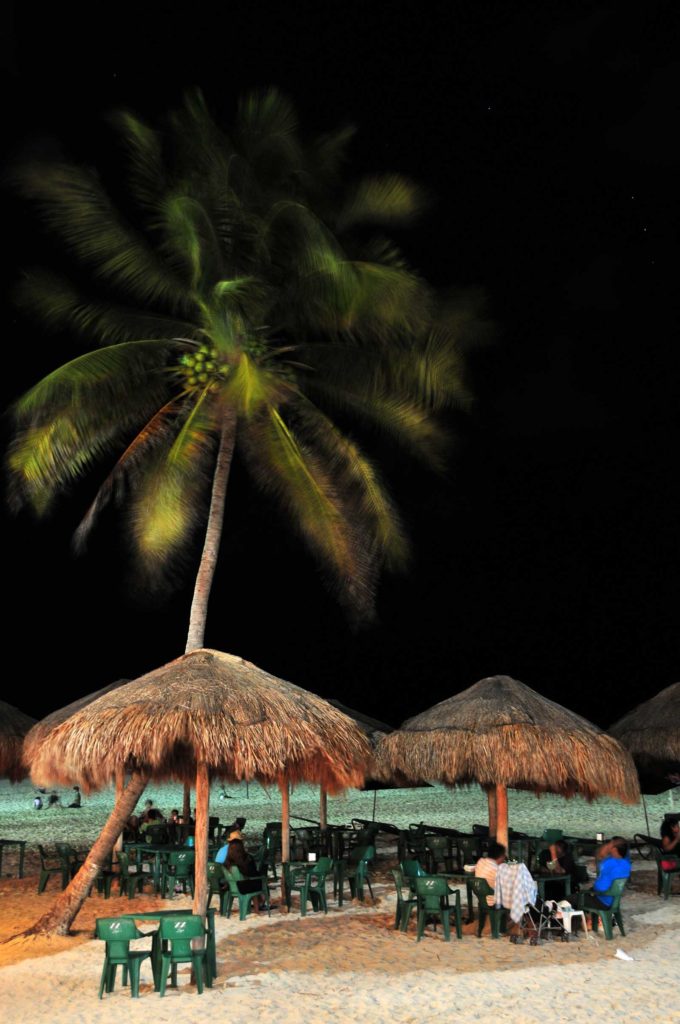
We went to bed early, amidst stories of Santa might be visitng our home in England. This was another well spent day with memories to cherish.
1. Itinerary | 2. Chichen Itza | 3. Merida & Ruta Puuc | 4. Uxmal | 5. Ek Balam | 6. Tulum & Coba | 7. Playa Del Carmen | 8. Cancun
